Contents
Sapa Trekking | Routes
If you're keen on deeply understanding culture and experiencing majestic mountain landscapes, choosing a favorite hiking route in Sapa to take in the stunning terraced fields and mountain views, and visiting ethnic minority villages is essential. The Sapa region boasts a wealth of ethnic minority cultures, which includes multiple distinct groups, each with its own unique language, clothing, and traditions. There is a vast array of Muong Hoa Trekking options in Sapa to select from—you can either find a local guide when you arrive or book in advance. Typically, trekkers choose between a day trip or an overnight two-day itinerary.
When deciding on a trekking route in Sapa, the usual choice revolves around the villages you wish to visit. The actual path taken might vary depending on the day's conditions, so there could be differences. The most common arrangement is the Muong Hoa Valley trekking route, which is about 8-10 kilometers from the town of Sapa. Scattered throughout this valley are several small villages, which are the homes of ethnic minorities like the Hmong, Red Dao, and Giay. The most popular route typically goes through the villages of Y Linh Ho, Lao Chai, and Ta Van.
Recommended Sapa 2D1N Trekking Tour
🧳 A full travel resource kit for this topic is currently in the works.
It will include itinerary plans, recommended stays, custom maps, and useful tips.
My Trekking Experience
For our trip, we opted for the less touristy Muong Hoa Mountain trekking route, passing through Hang Da Village and Muong Hoa Village. Early in the morning, our guide met us at the entrance of our hotel, and then we walked towards the mountain trailhead near the Sapa market. Our entire journey took about five hours, covering an estimated 12-15 kilometers.
The initial part of the mountain trail was quite steep, but we came prepared with hiking poles, making the ascent relatively easy. Along the way, our guide provided us with detailed explanations of the Black Hmong's traditional culture. It was impressive to see how the locals could carry children and do handiwork at the same time while trekking. Our guide spoke very good English, which, as she said, was even better than her Vietnamese (since the minority groups speak their own language, Hmong, at home). Our guide was of the Black Hmong ethnicity, which is the most populous minority group in the Sapa area. In Sapa town, it was common to see Black Hmong people wearing their traditional black attire.
After about an hour, we had reached the summit where we were greeted by a beautiful sea of clouds. When the mist cleared, we could see the border between China and Vietnam and the peak of Fansipan Mountain. Trekking up the mountain and taking the Fansipan cable car offer vastly different experiences; trekking definitely feels closer to nature.
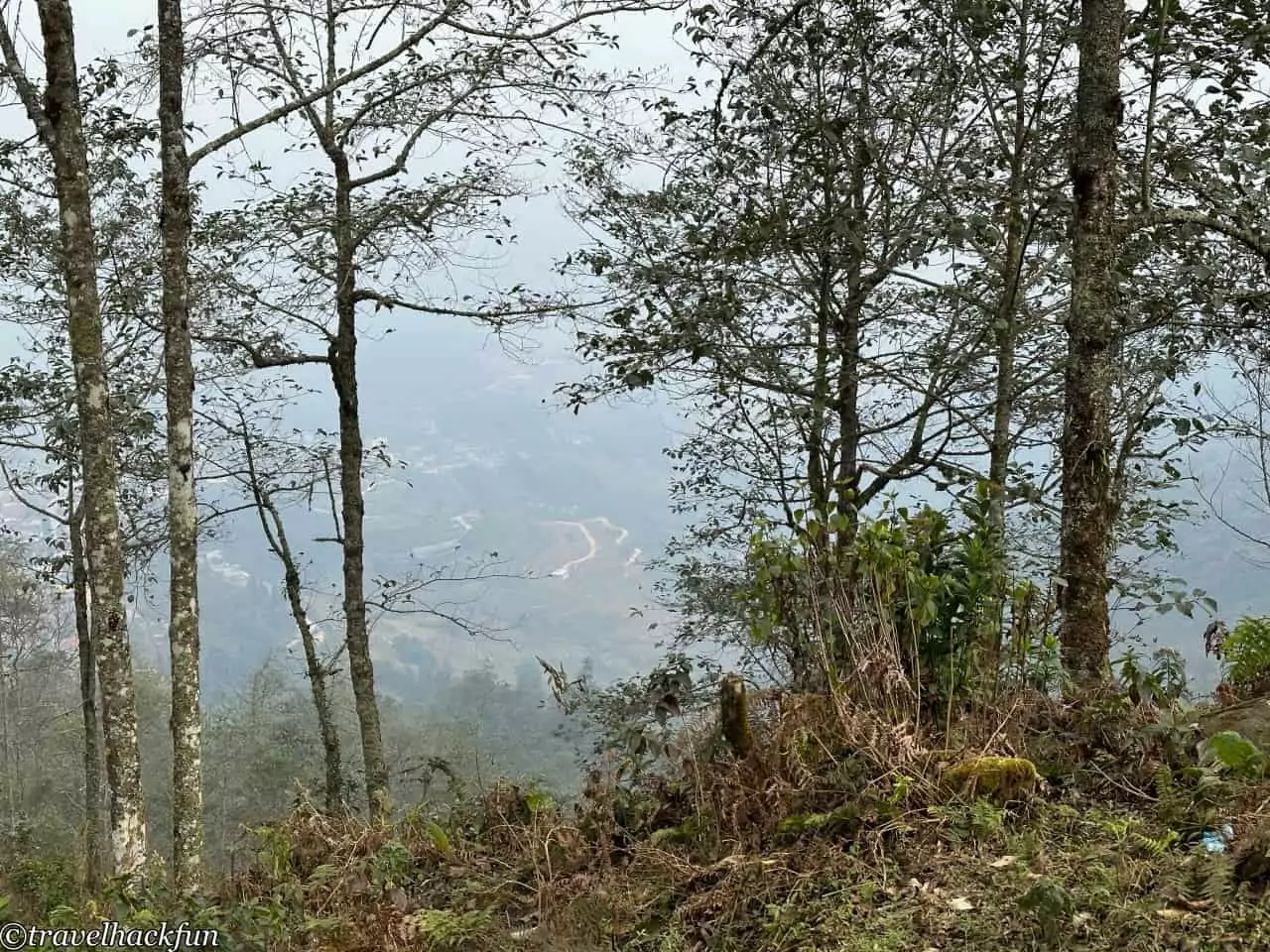
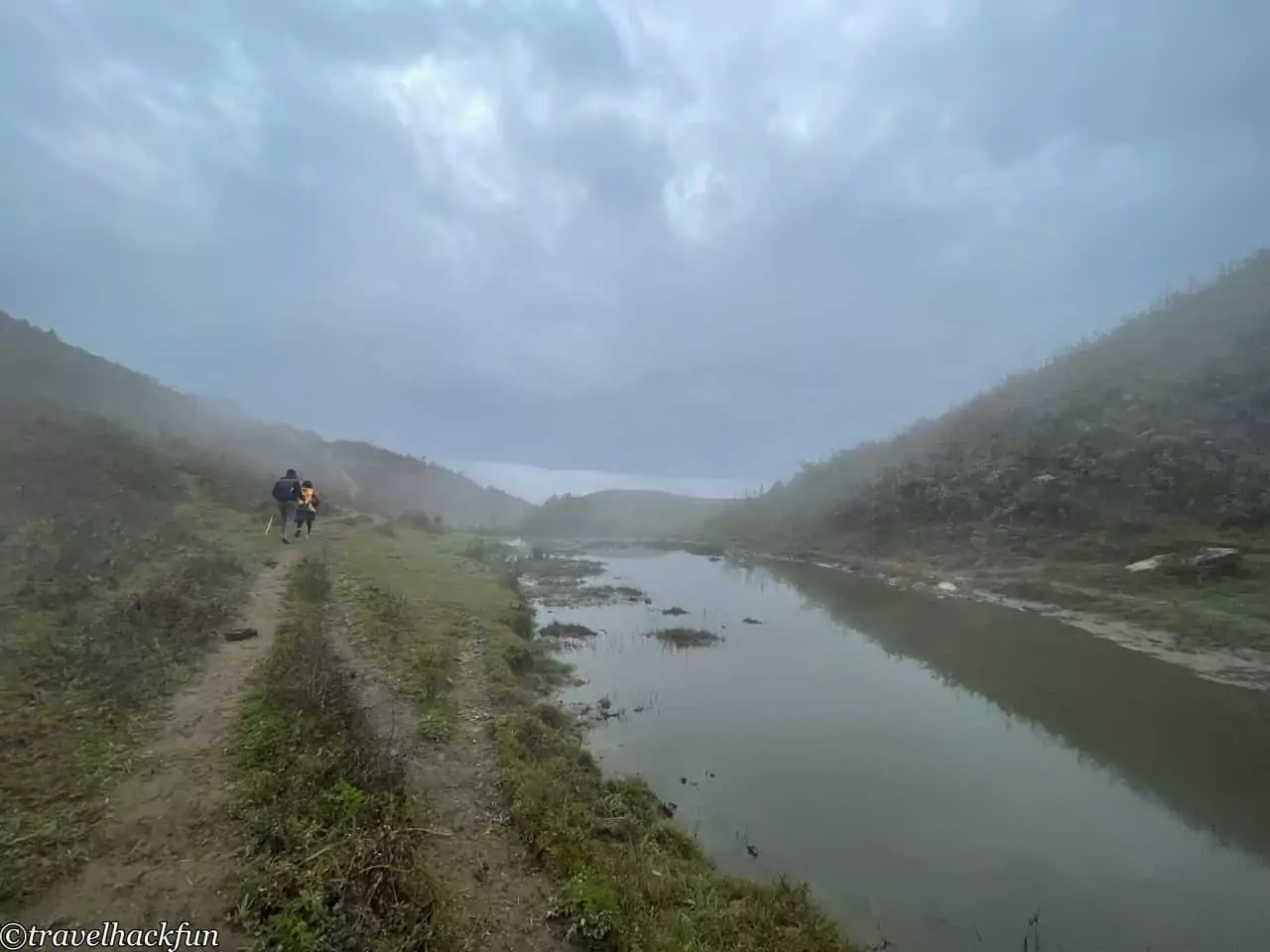
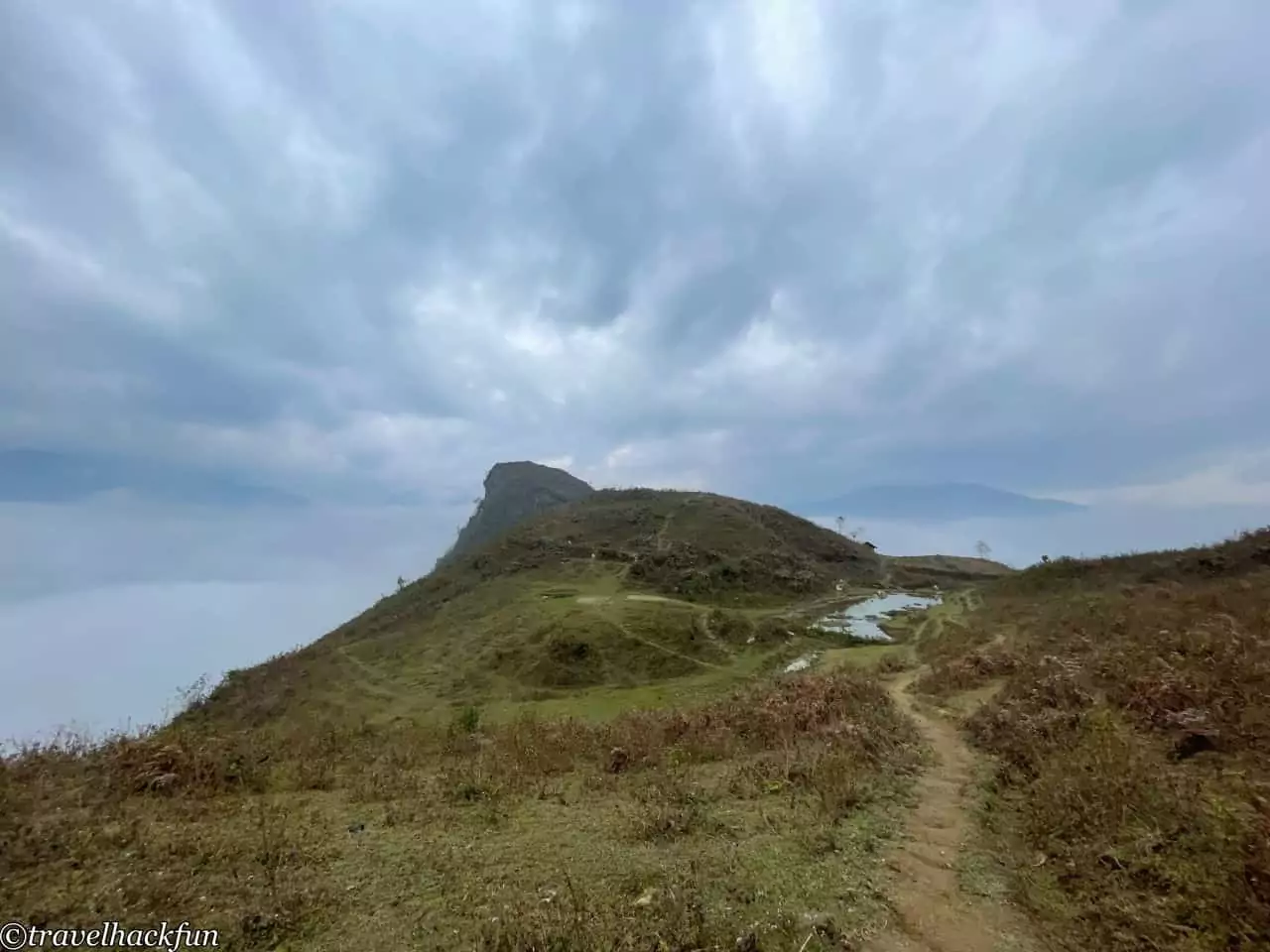
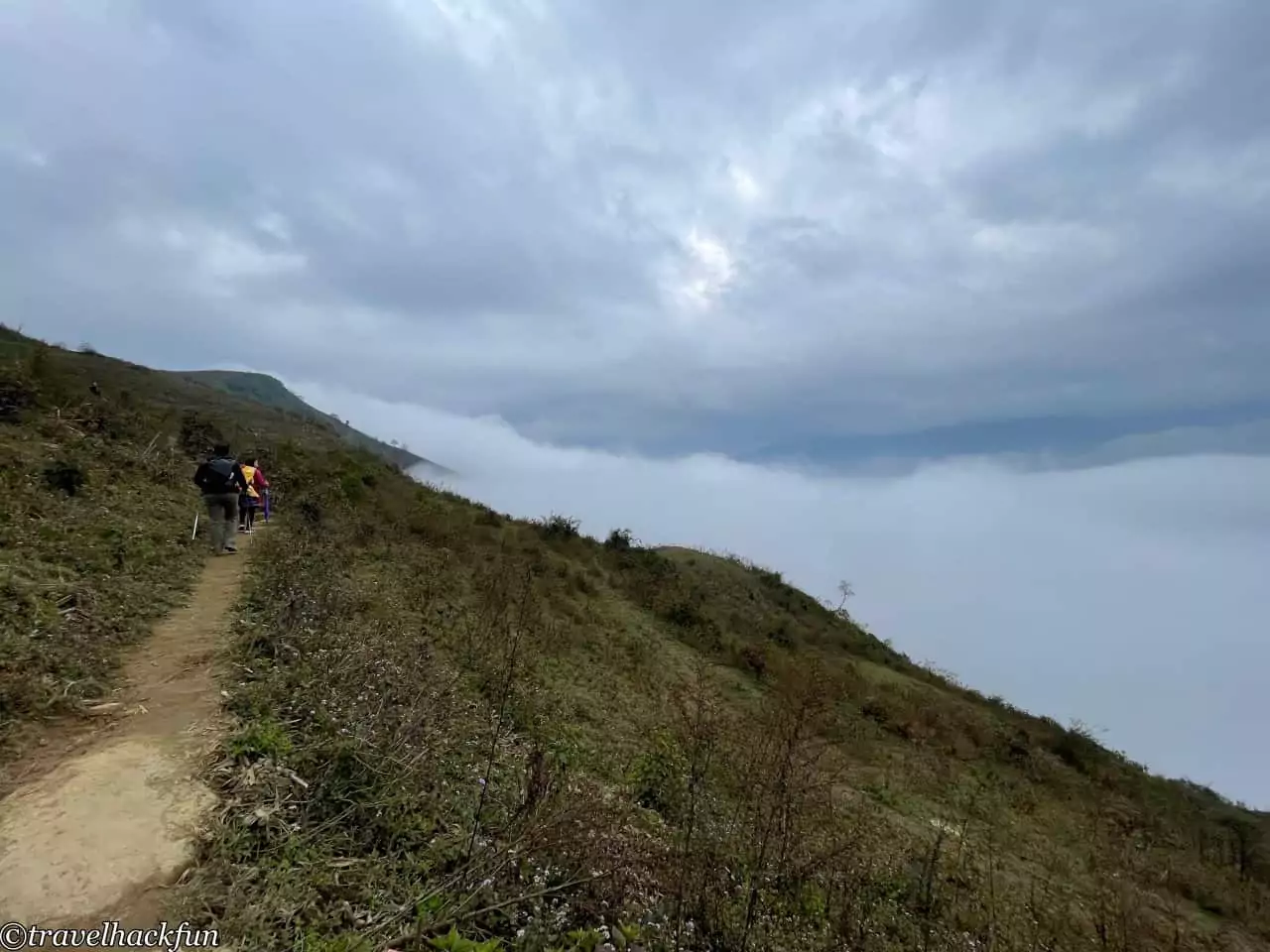
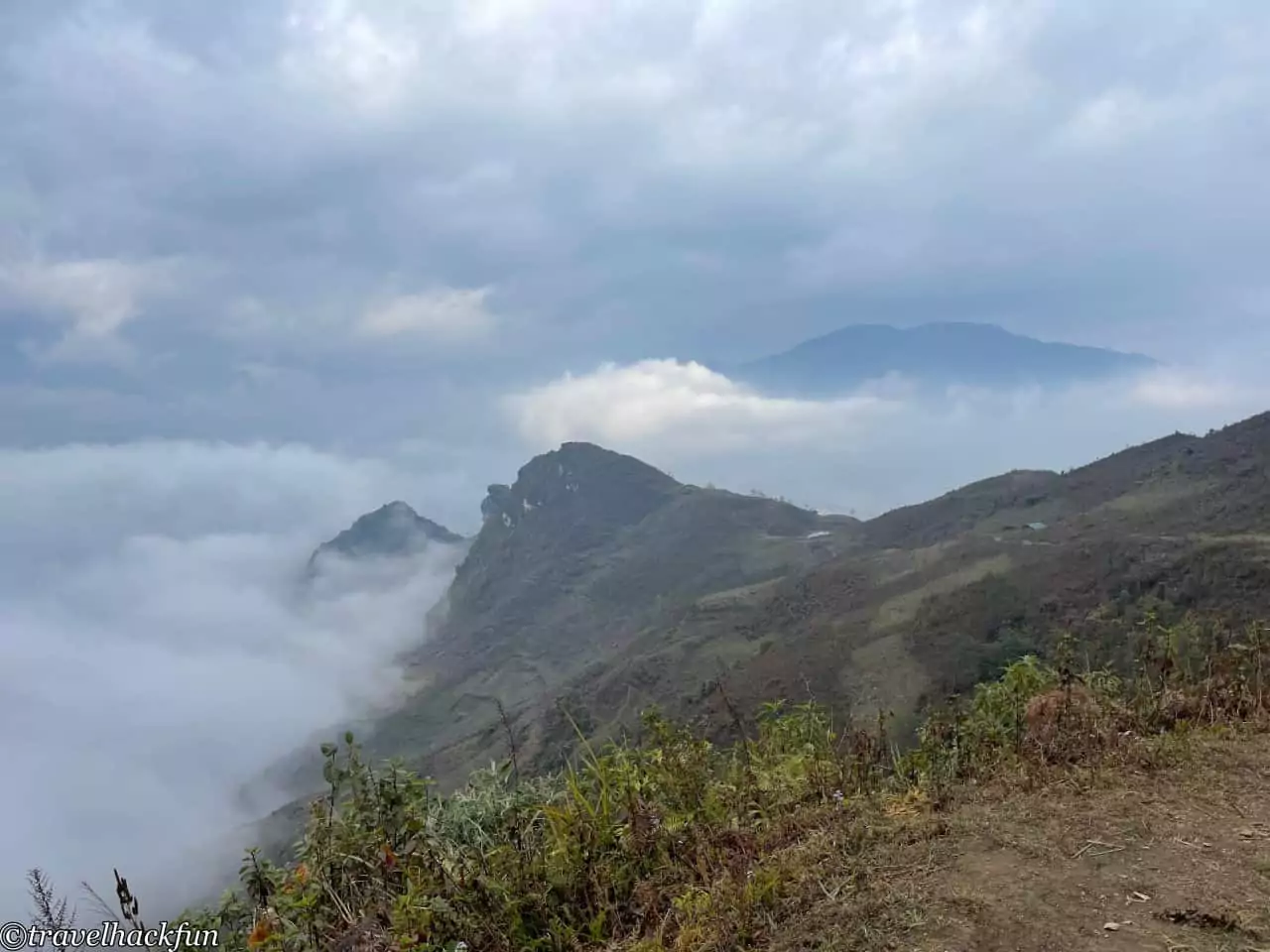
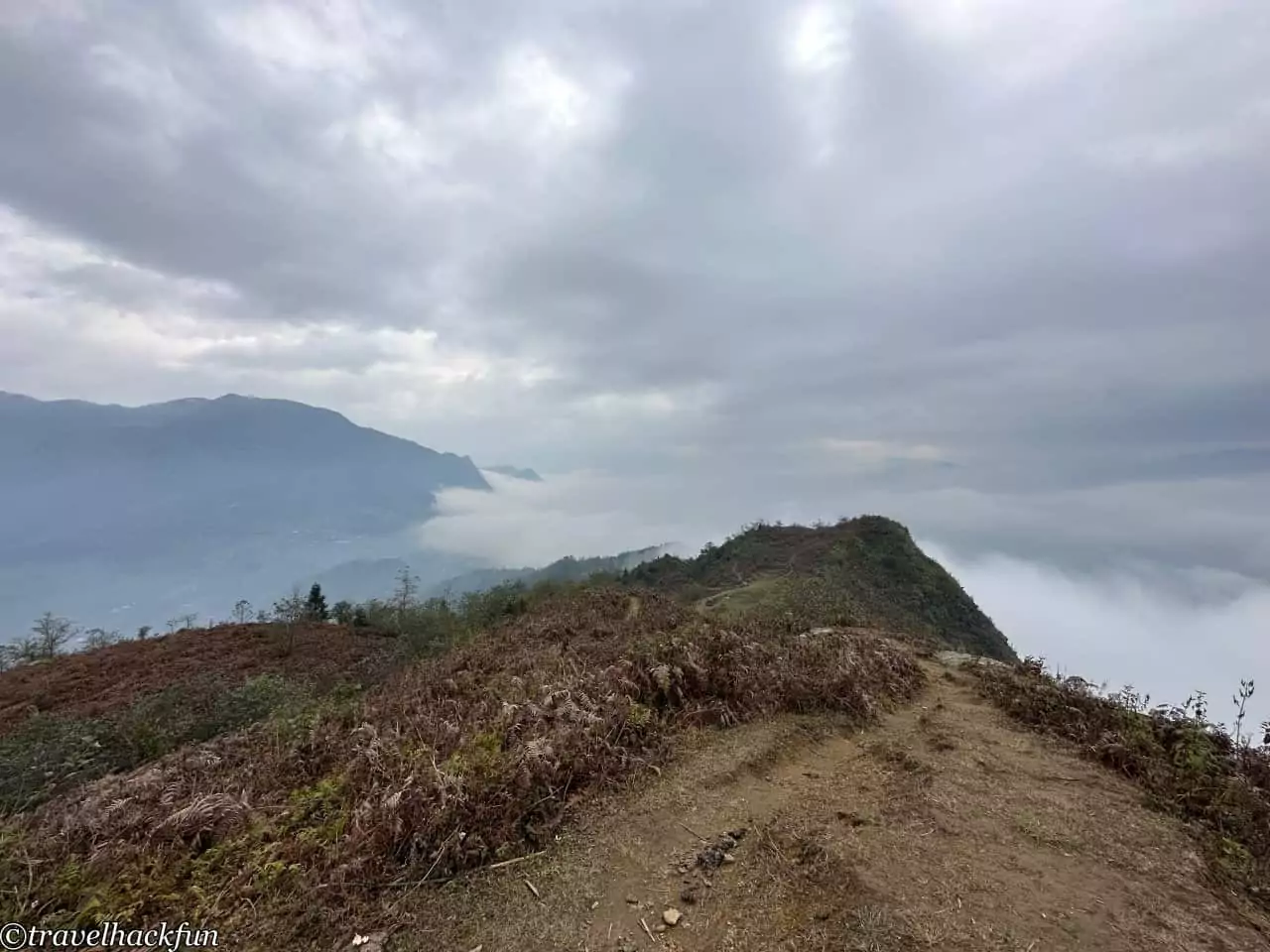
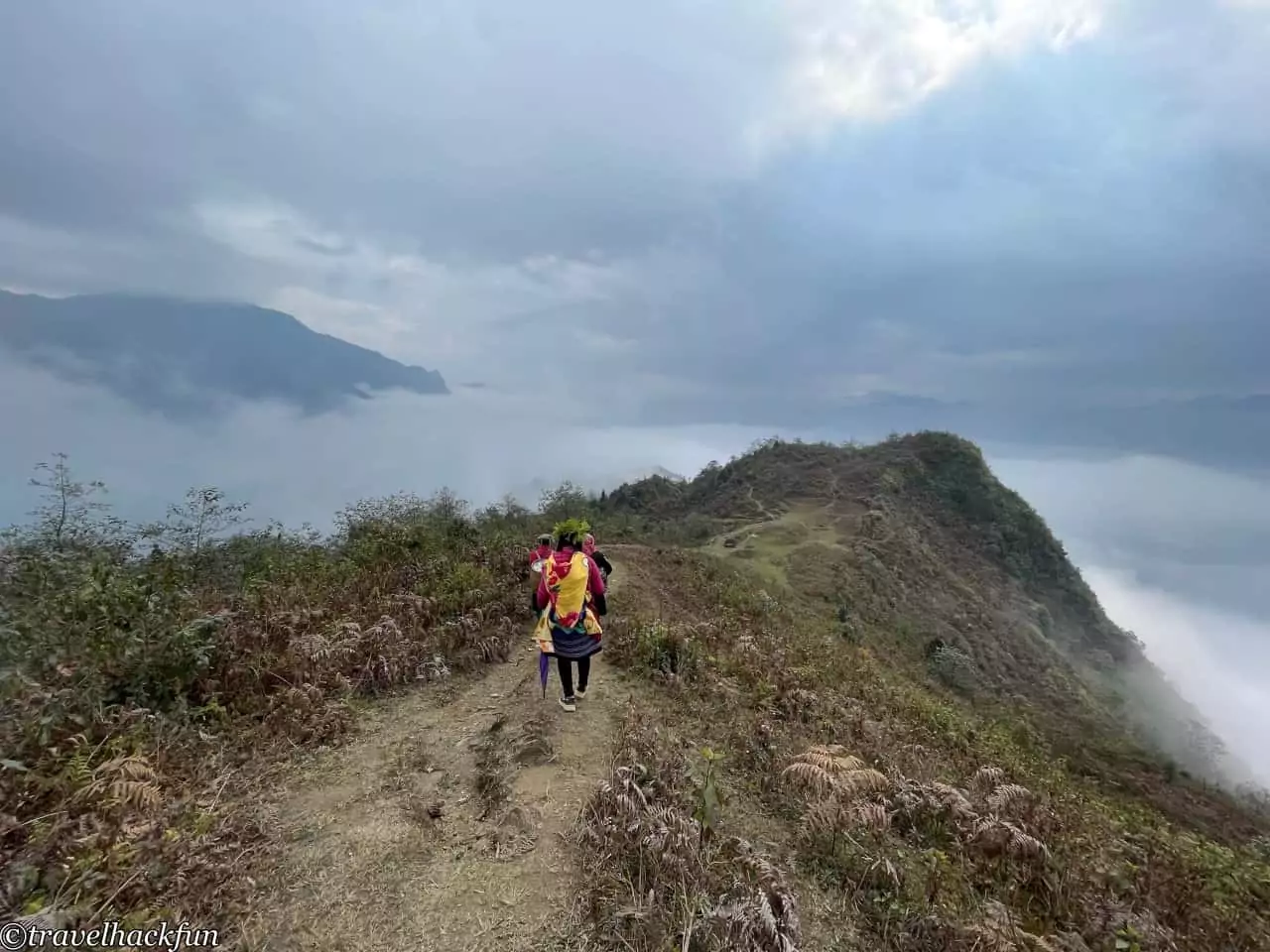
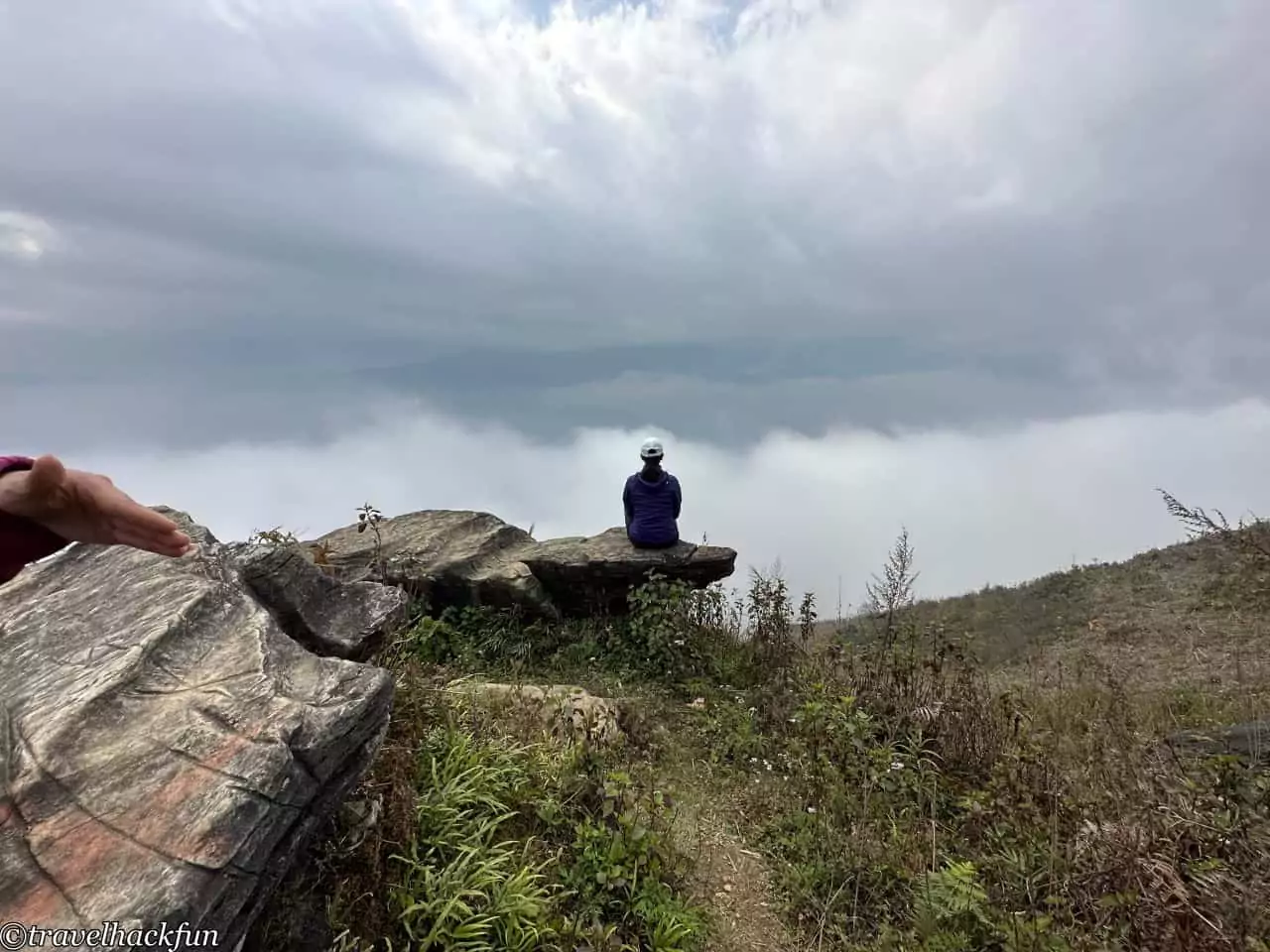
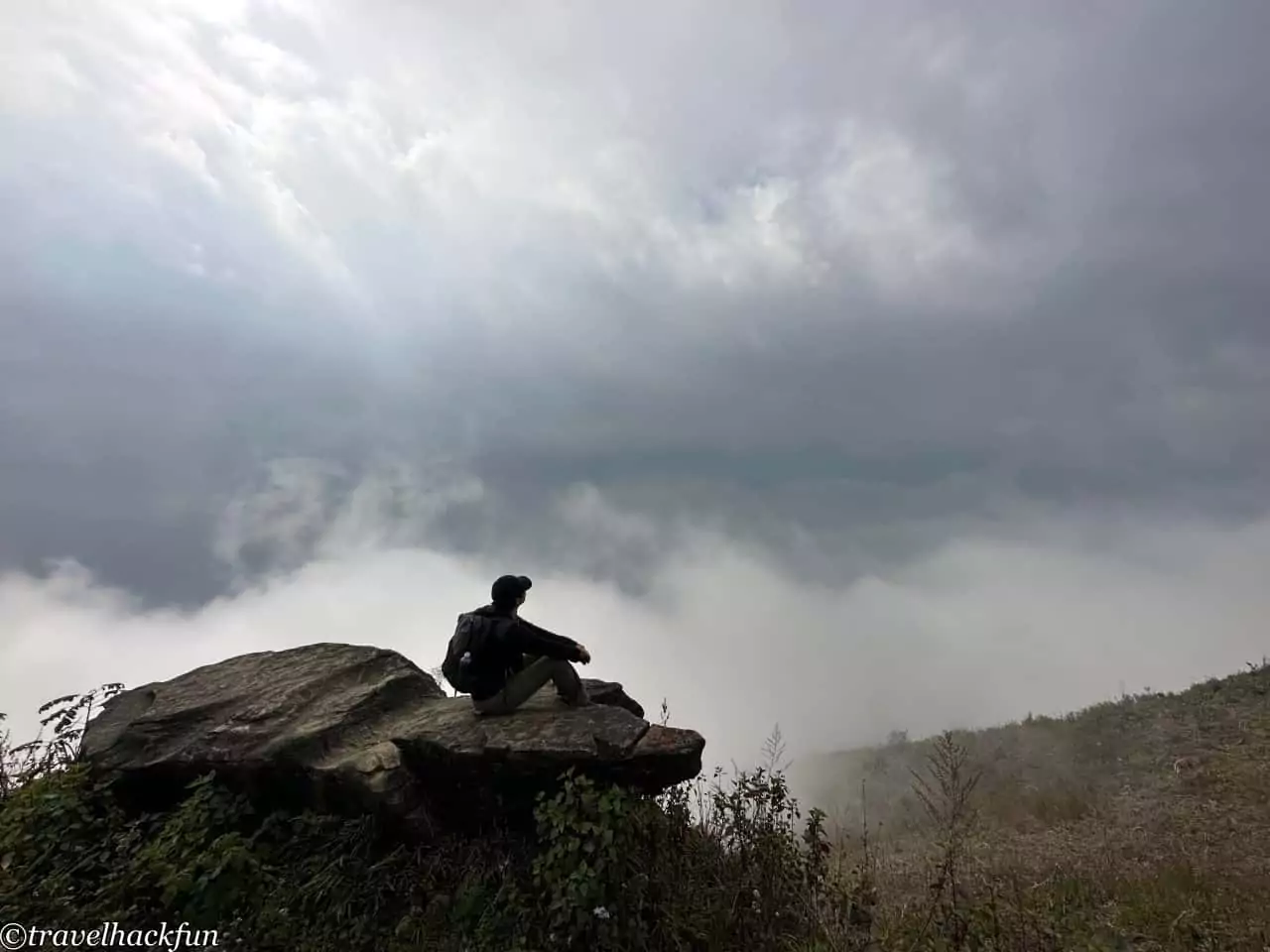
Besides the minority cultures, our guide also introduced us to the local crops along the way. Sapa is well-known for its beautiful rice terrace landscapes, and naturally, rice farming is the staple here. The planting season starts in April, with the harvest season in August and September, which is also when the rice fields are the most beautiful, displaying a golden hue. Apart from rice, due to the cooler climate of Sapa, fruits mainly grown here include peaches and pears, but bananas are also commonly seen. Additionally, the guide explained their methods of making dyes and weaving bags, all using plants that can be found locally.
Since our visit coincided with the approach of the New Year, our guide also explained the New Year traditions of the Hmong people. During their New Year celebrations, the Hmong use peach blossoms and kapok flowers for decoration, which is a practice distinct from that of the Vietnamese.
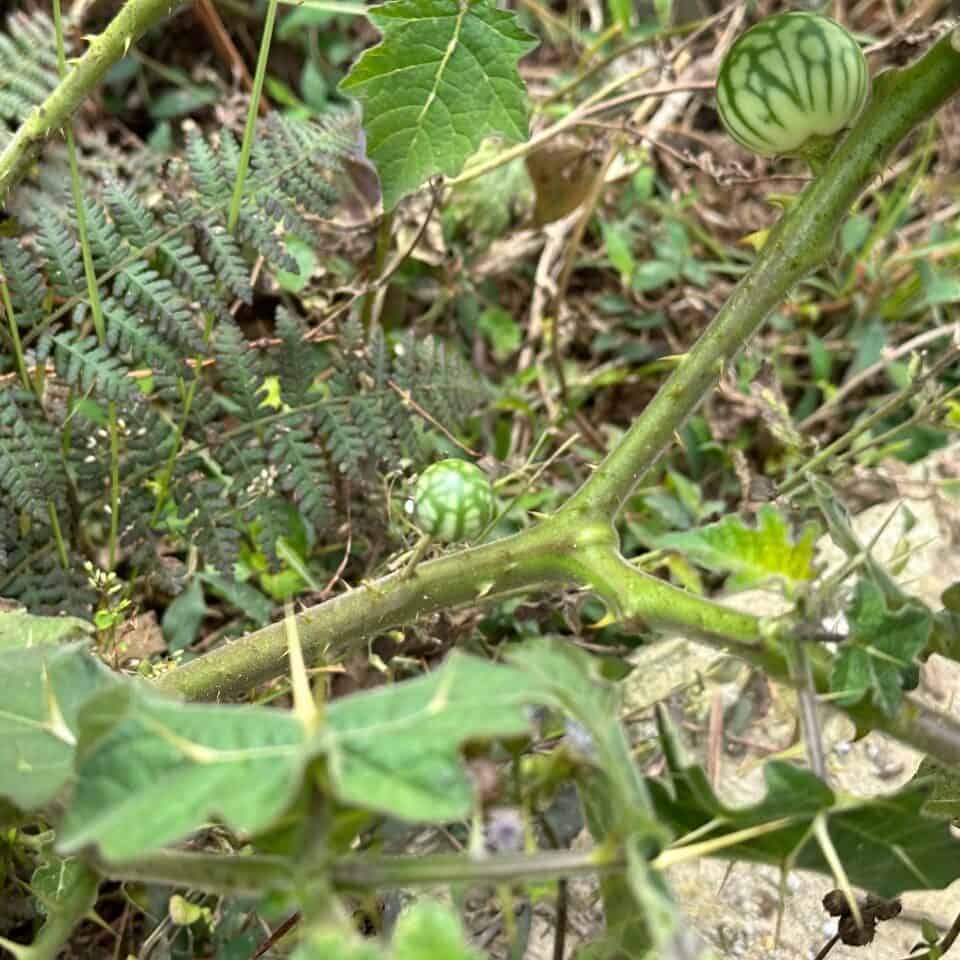
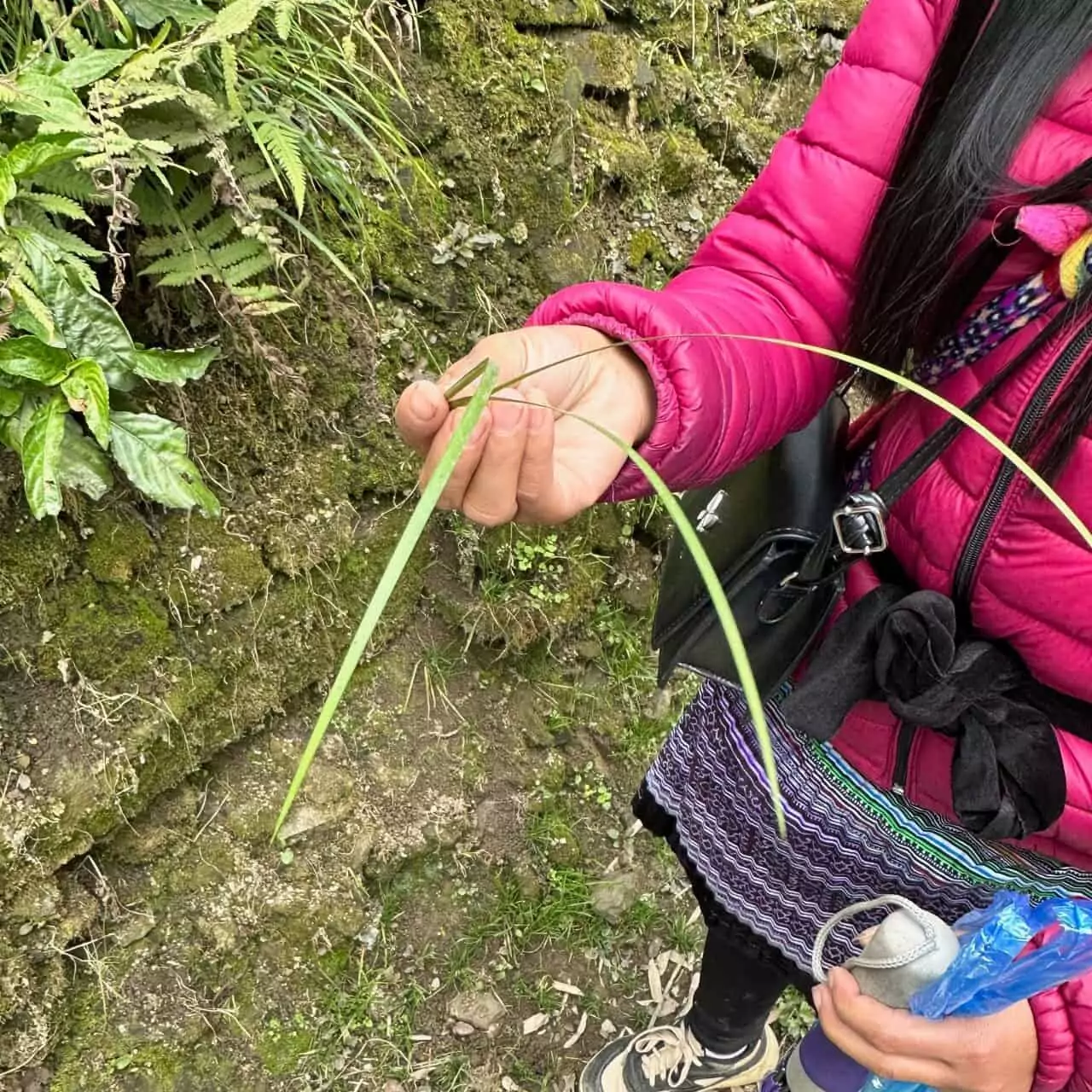
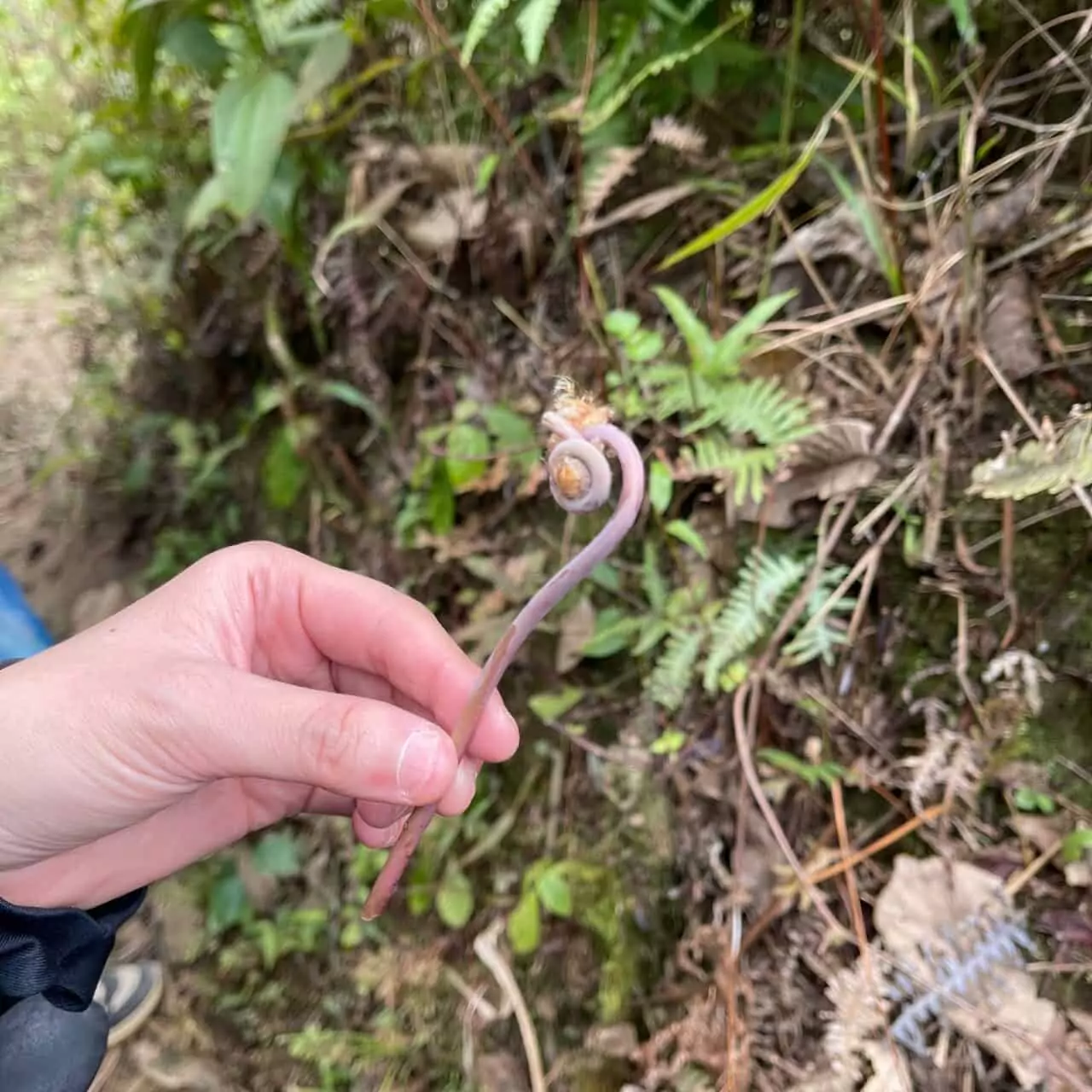
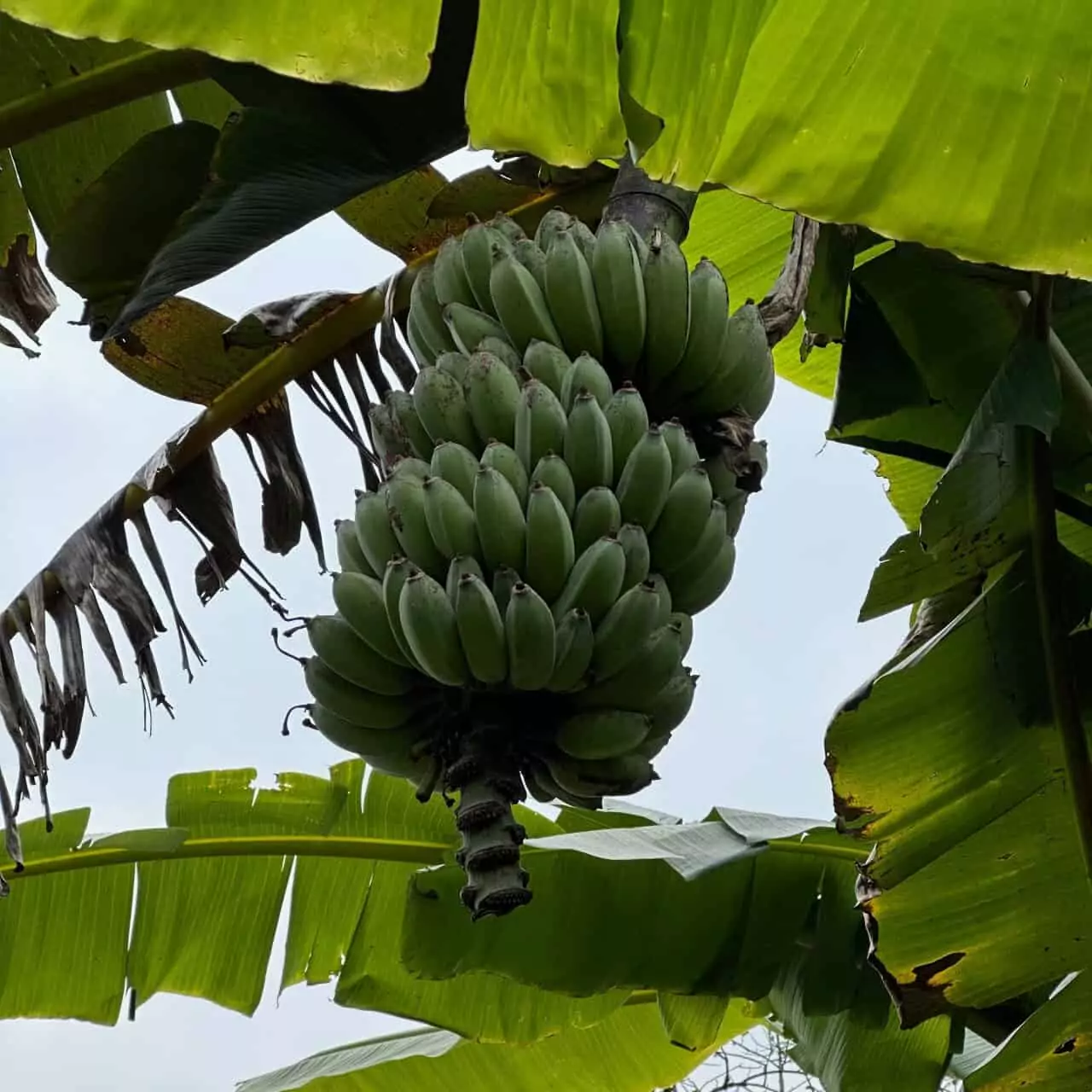
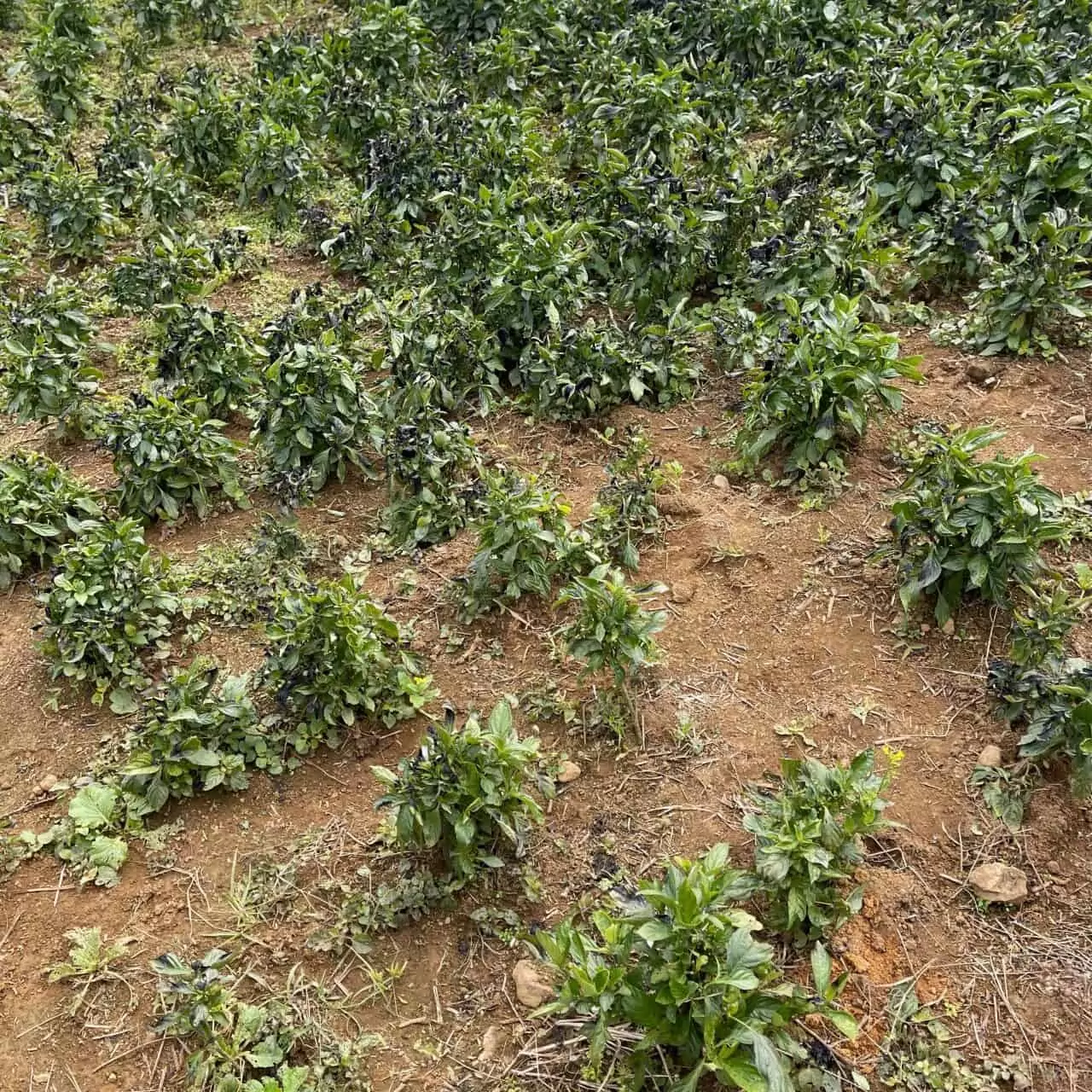
As we walked, we arrived at Hang Da Village, which is a Black Hmong village. Here we had our lunch. The advantage of being in a small group was the flexibility in dining; we were curious about the everyday life of the ethnic minorities, so we asked the guide to order some of the regular home-cooked dishes that they would typically eat. The home cooking of the Hmong people is more like our familiar Taiwanese home-style dishes. We had dishes including tomato with tofu, stir-fried cabbage, stir-fried pork with carrots, spring rolls, green vegetable soup, and stir-fried chicken. The flavors were quite different from Vietnamese cuisine but very much to our liking.
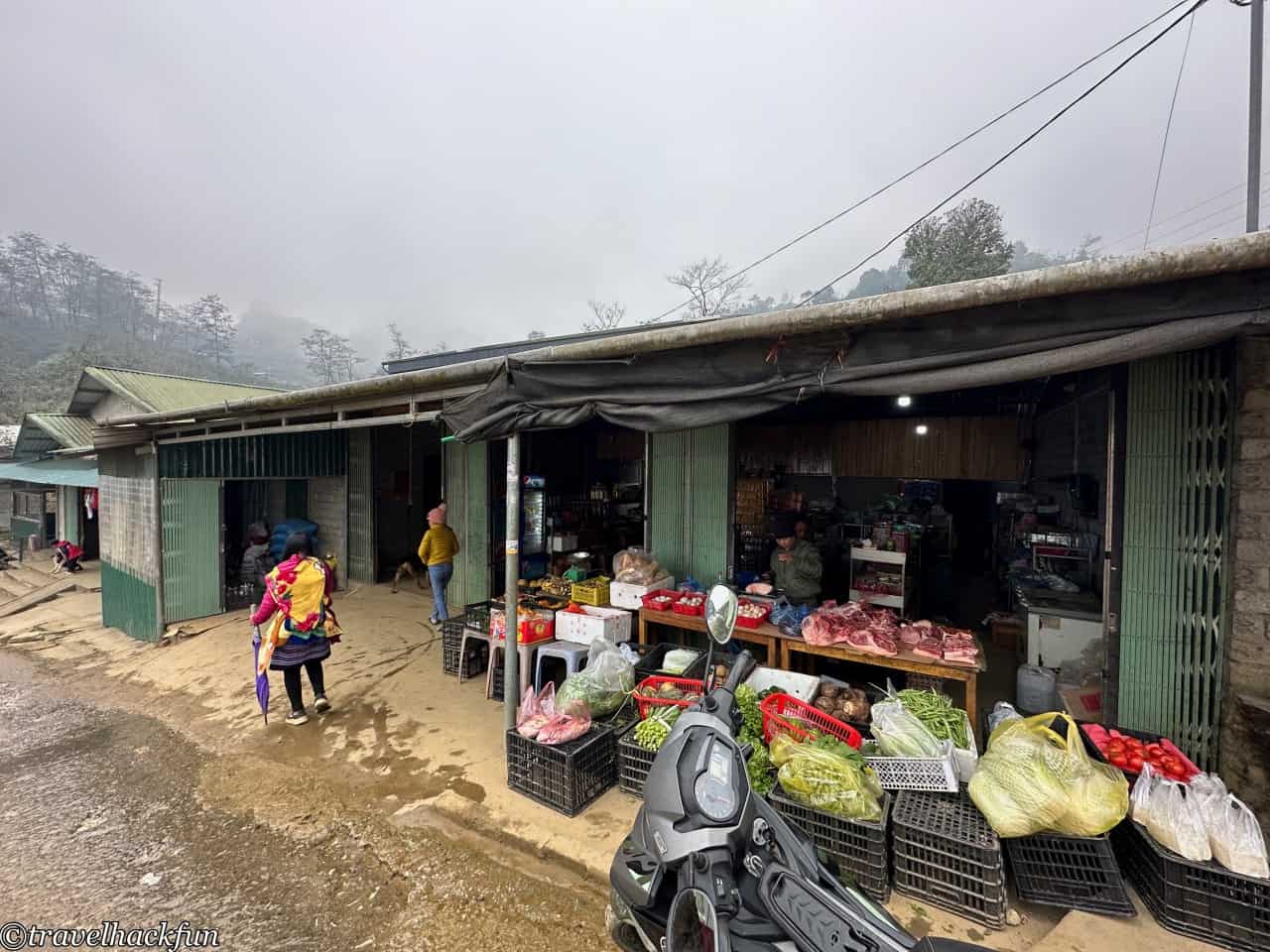
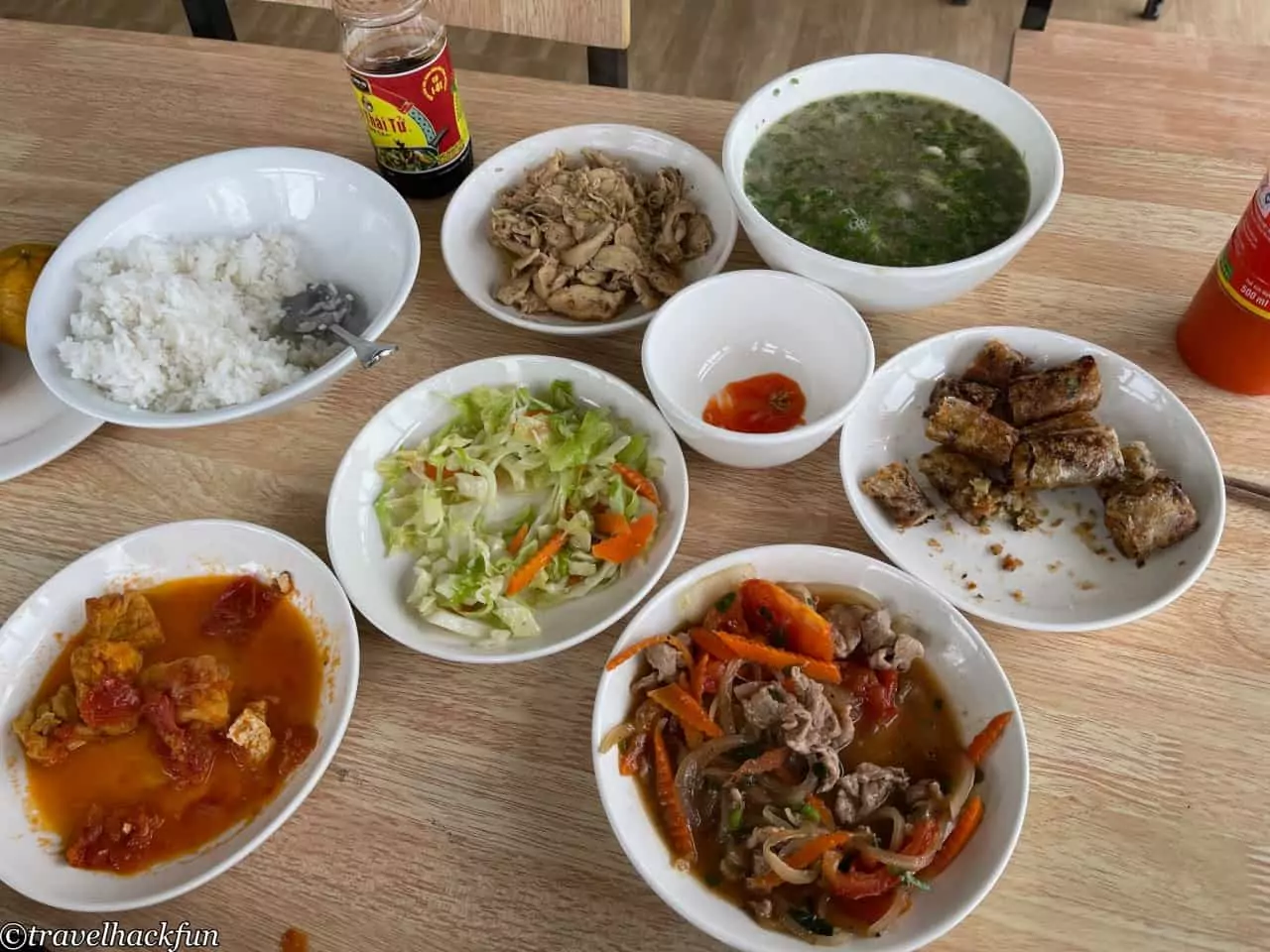
Typically, in a Hmong village, the locals are farmers, and it's common to see animals like cows, goats, chickens, and pigs around. I was curious about why only the cows had bells on them, and the guide explained that chickens and pigs can find their way home on their own, but cows cannot, which is why they have bells to make them easier to locate.
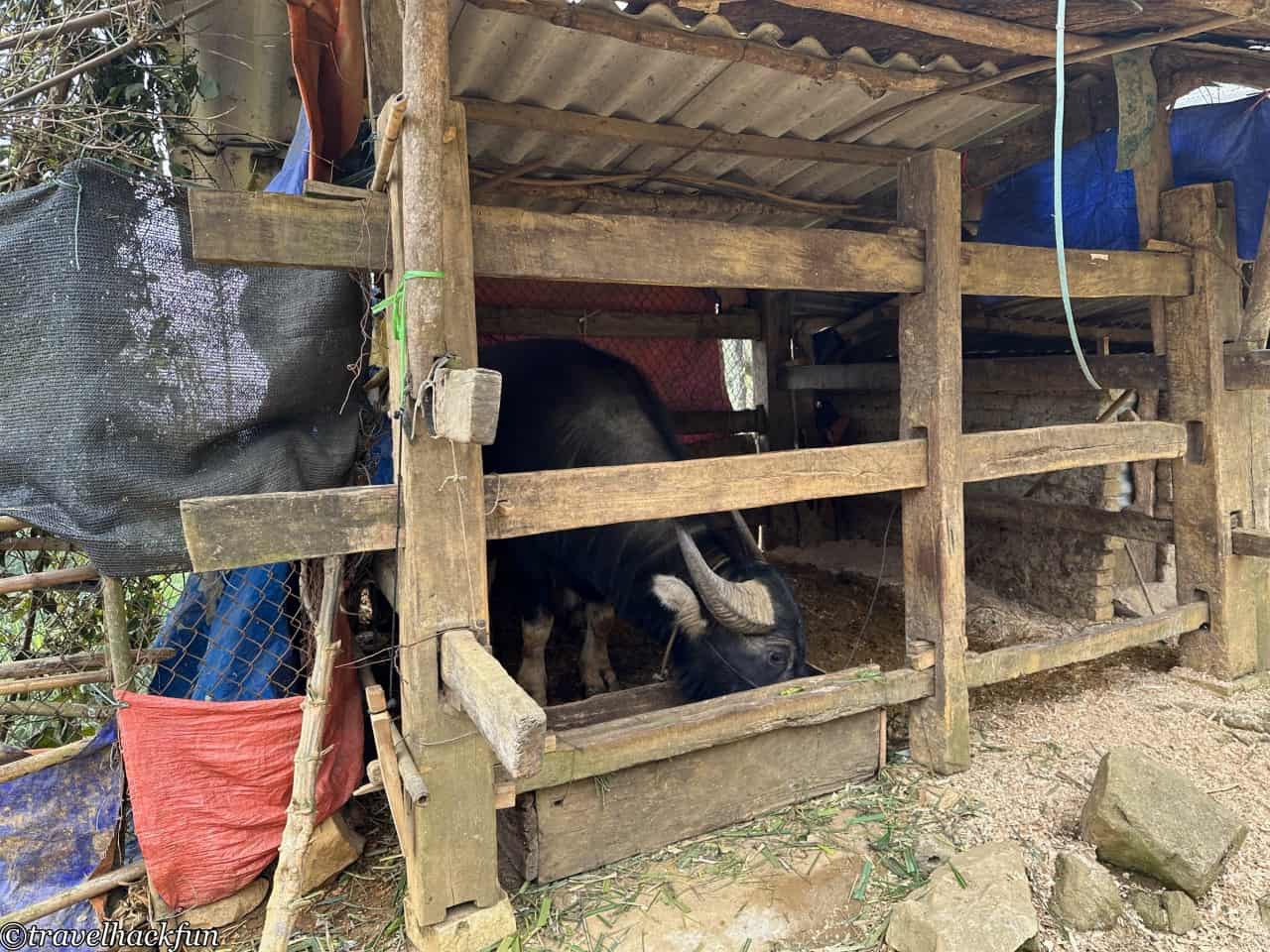
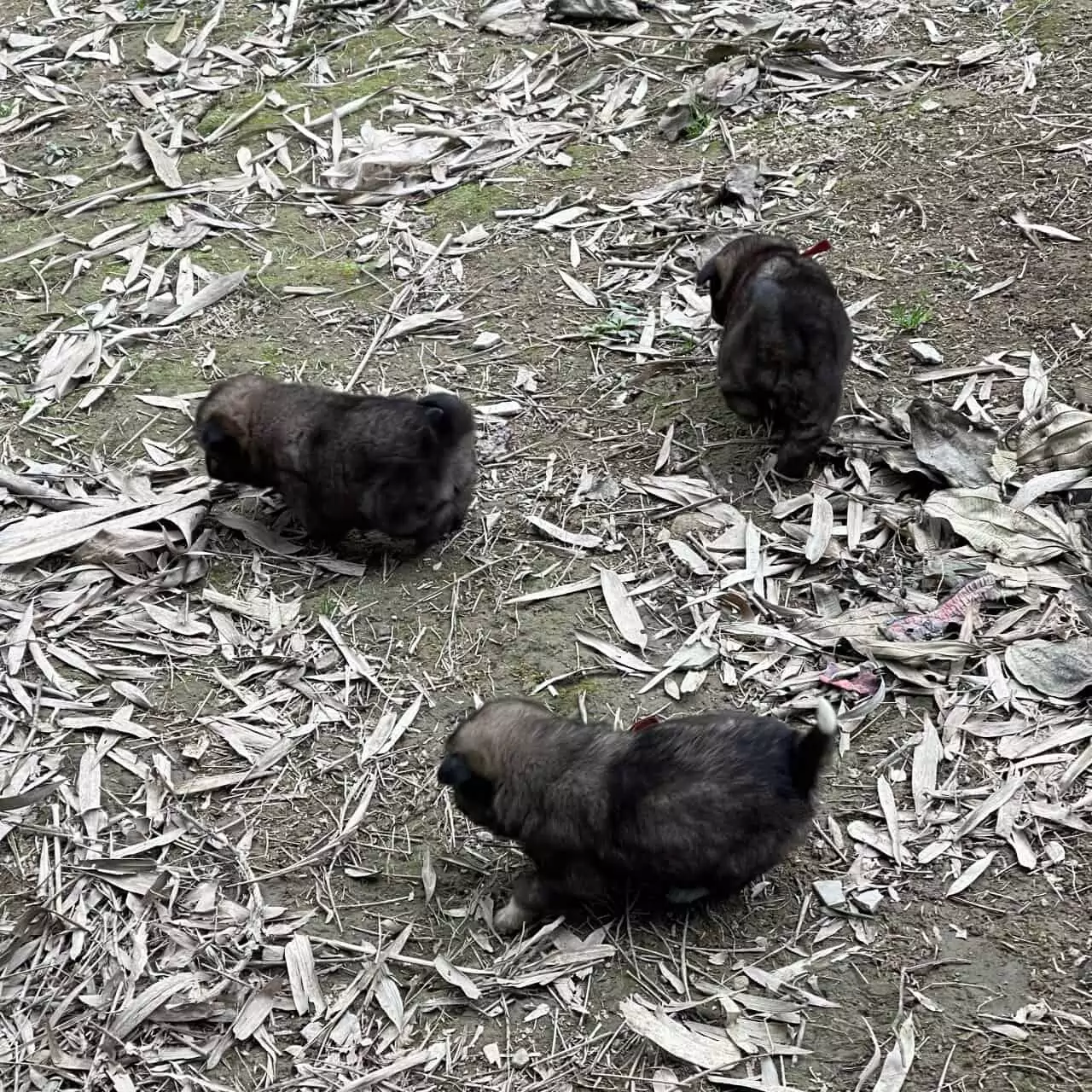
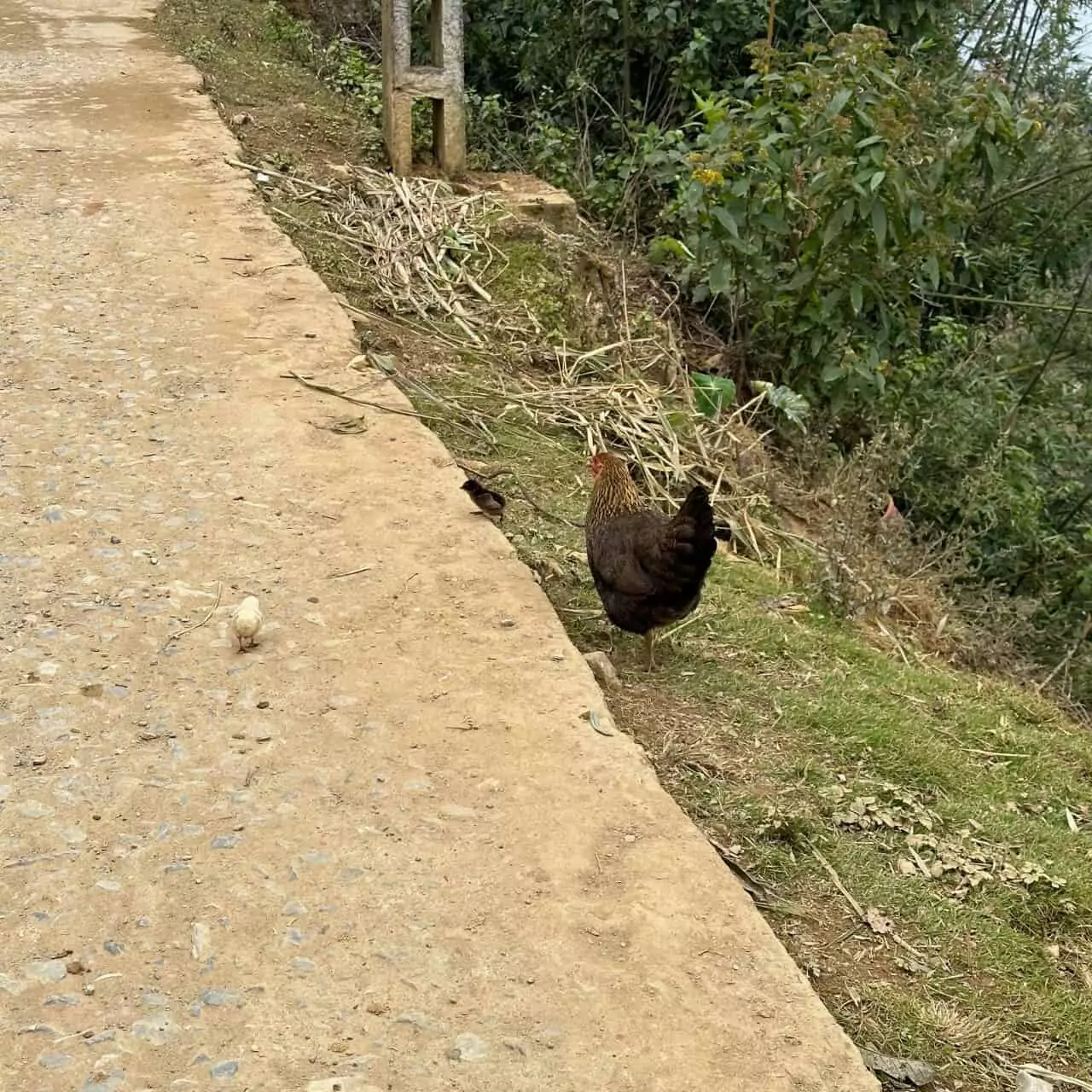
The nearby lodges have built high platforms or lookout towers from which you can admire the mountain views.

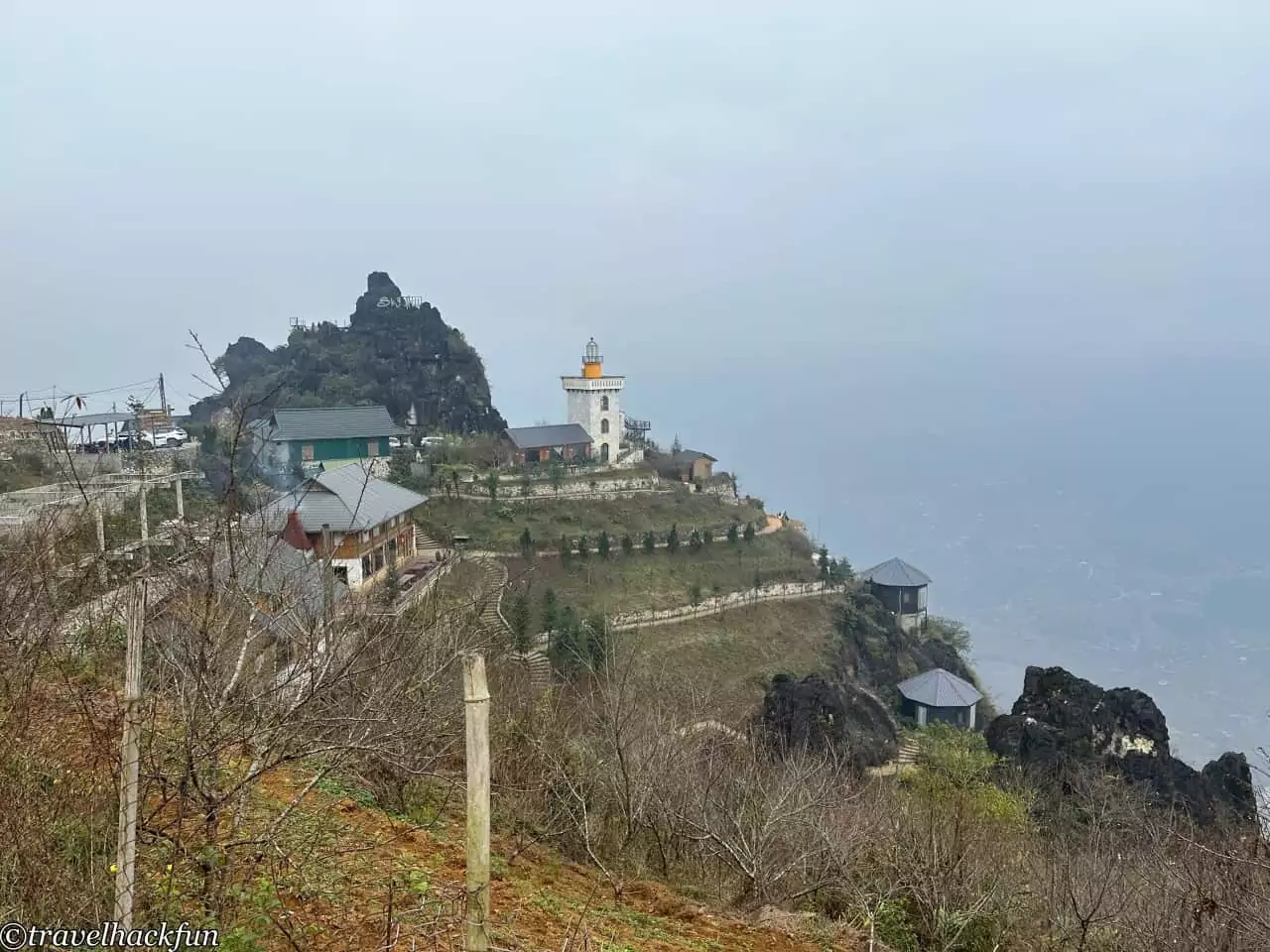
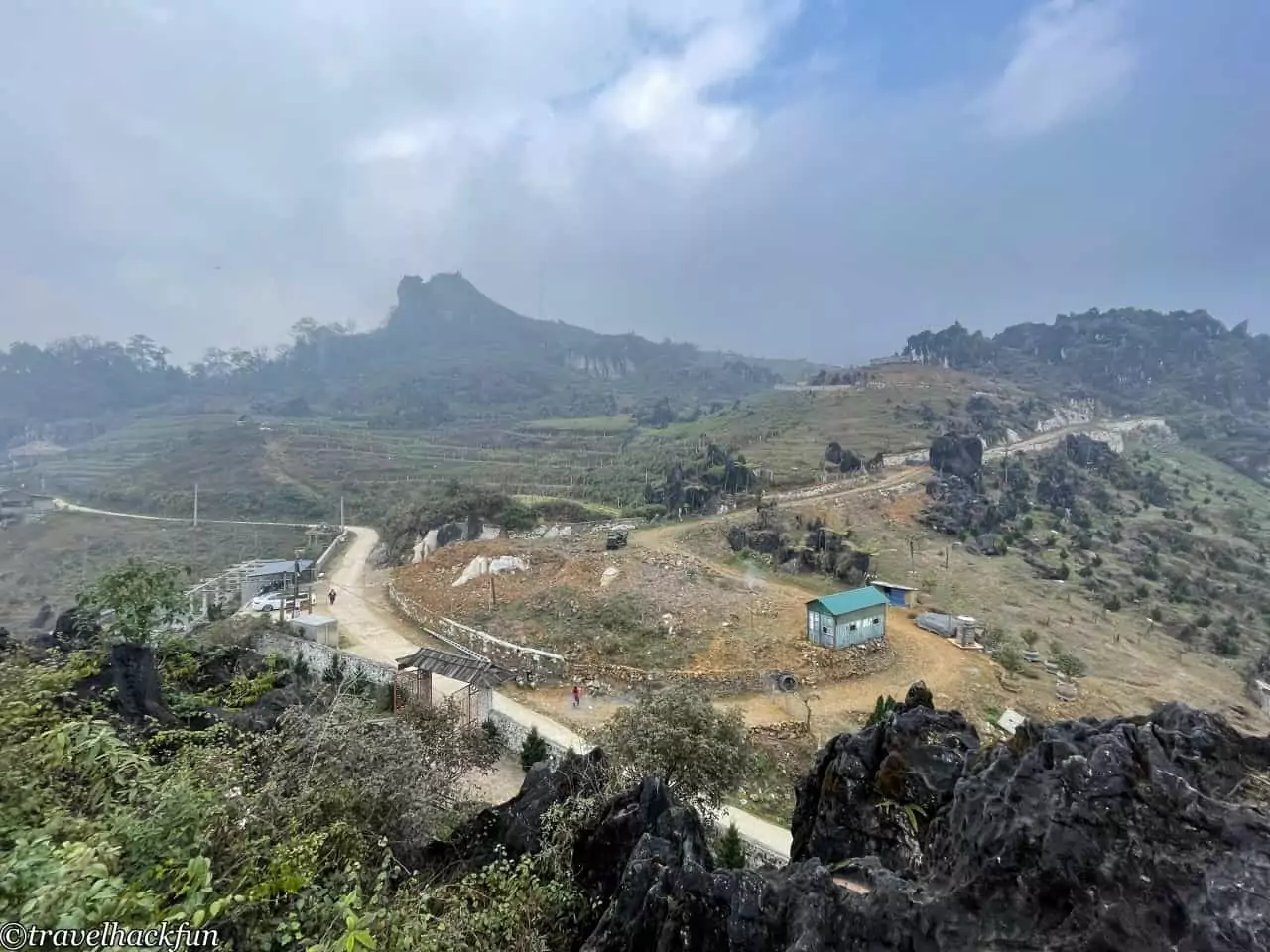
In the afternoon, our route was set to pass through the rice fields. To see the most beautiful terraced fields, one should ideally visit in August, when the rice stalks are golden. We came in December, so what we saw were the fields at rest, lying fallow.
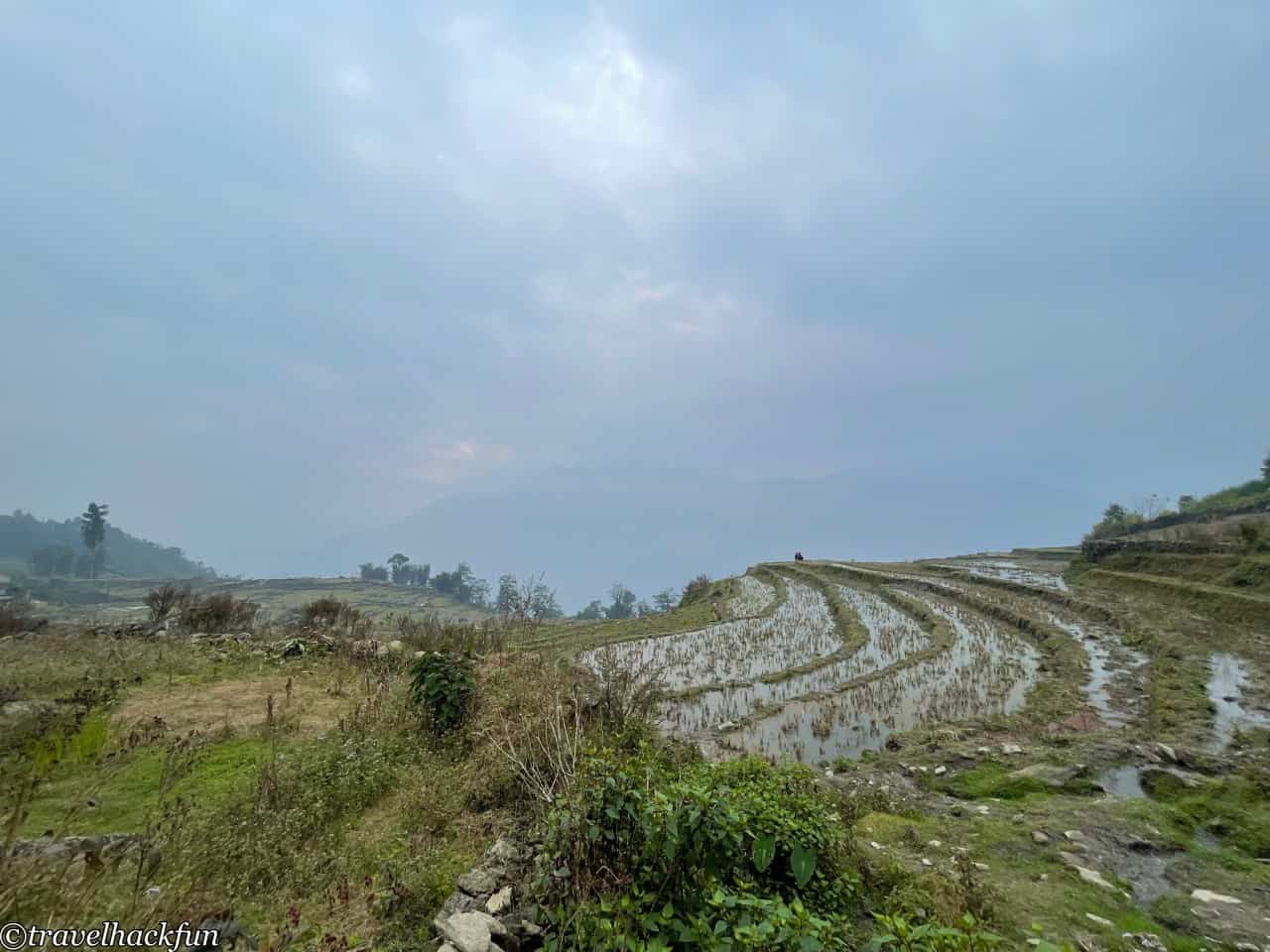
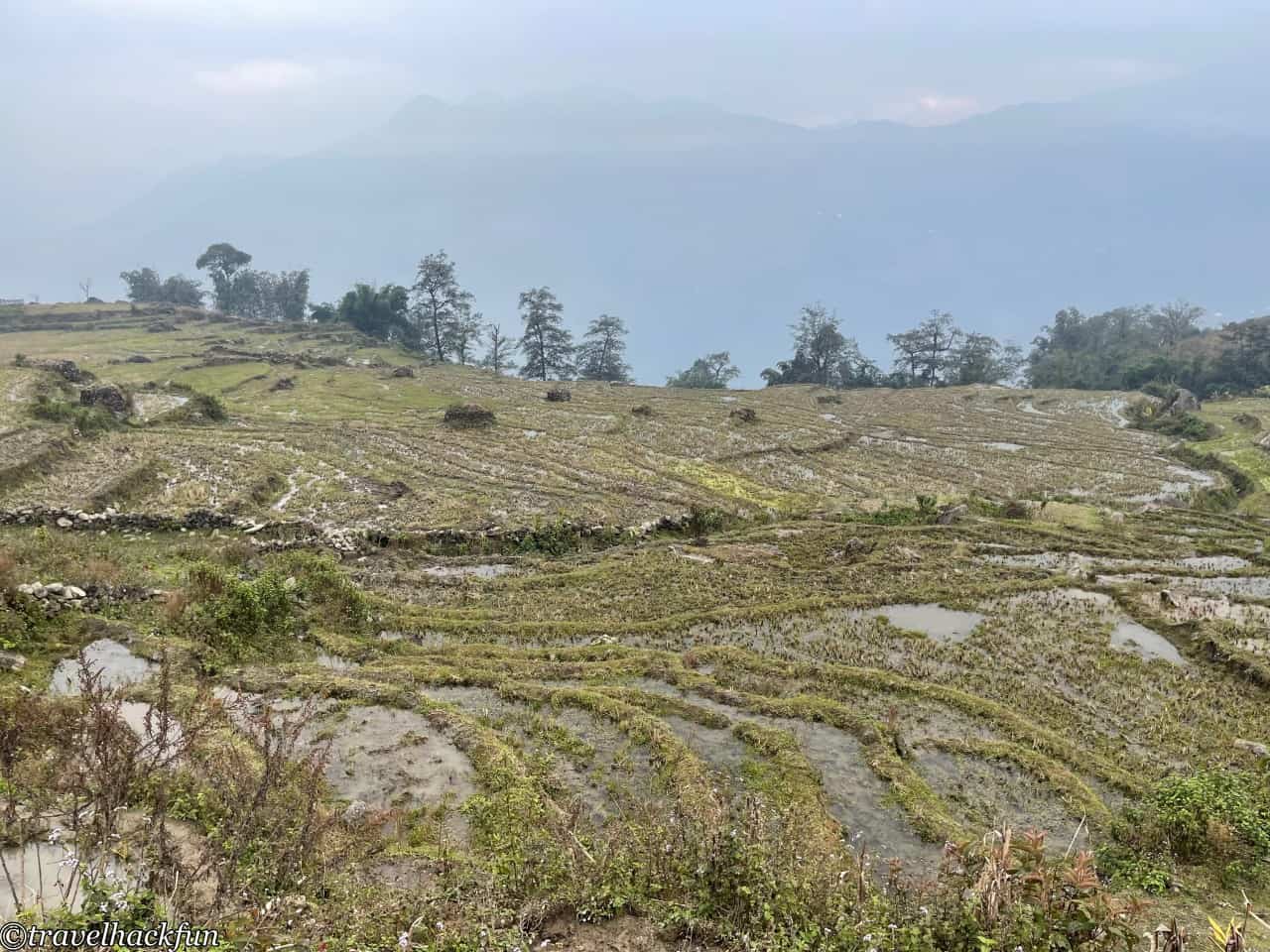
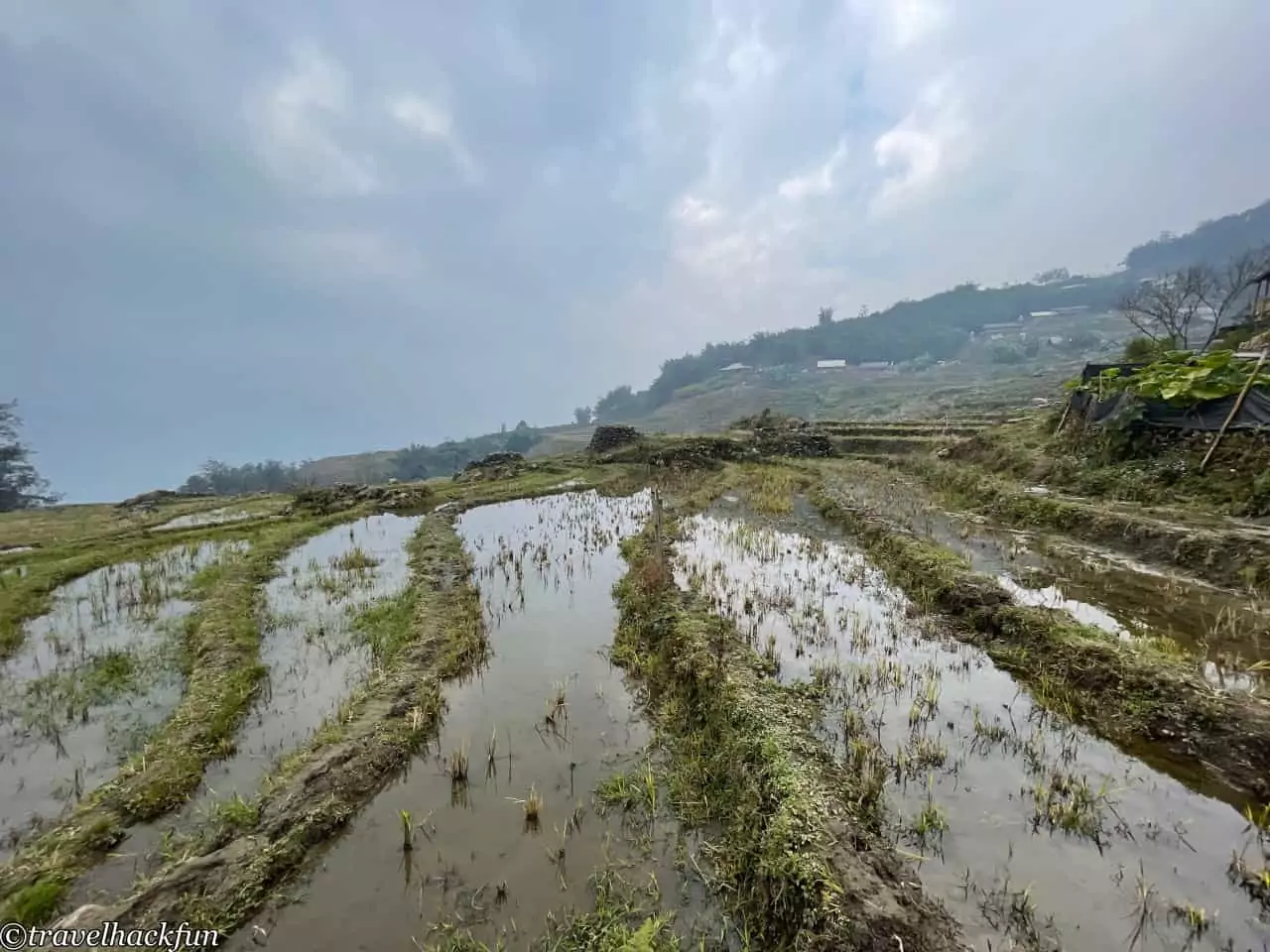
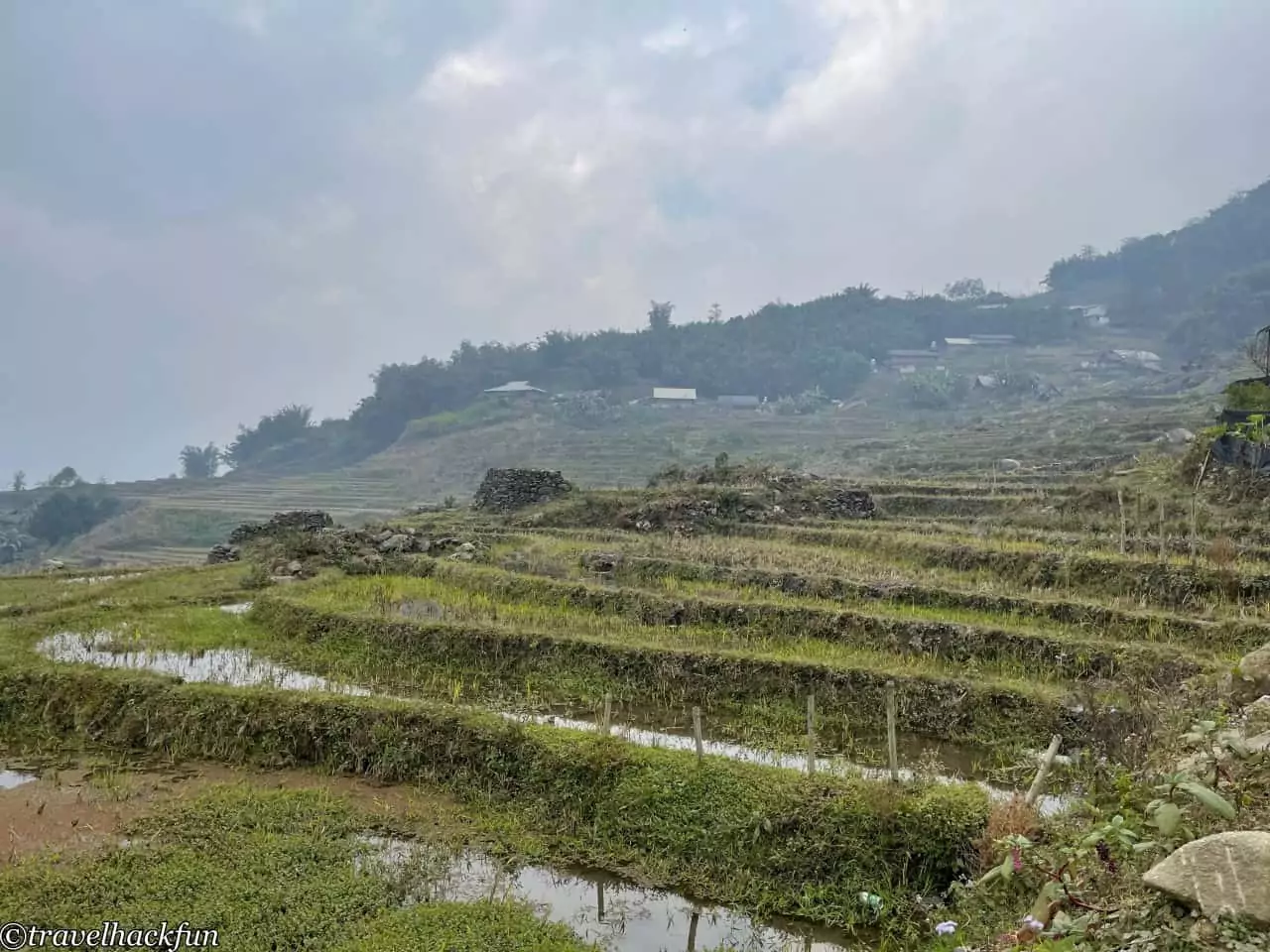


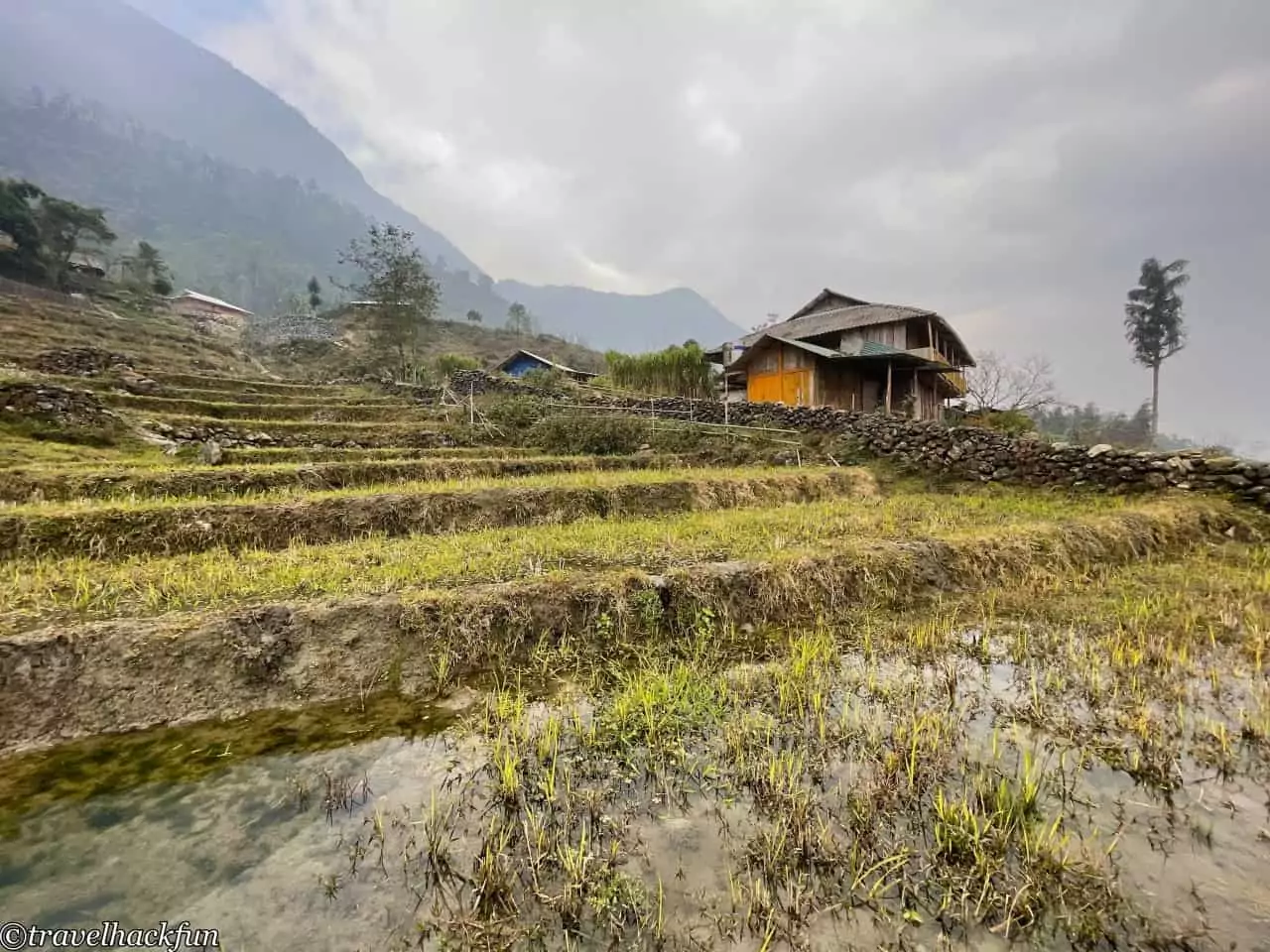
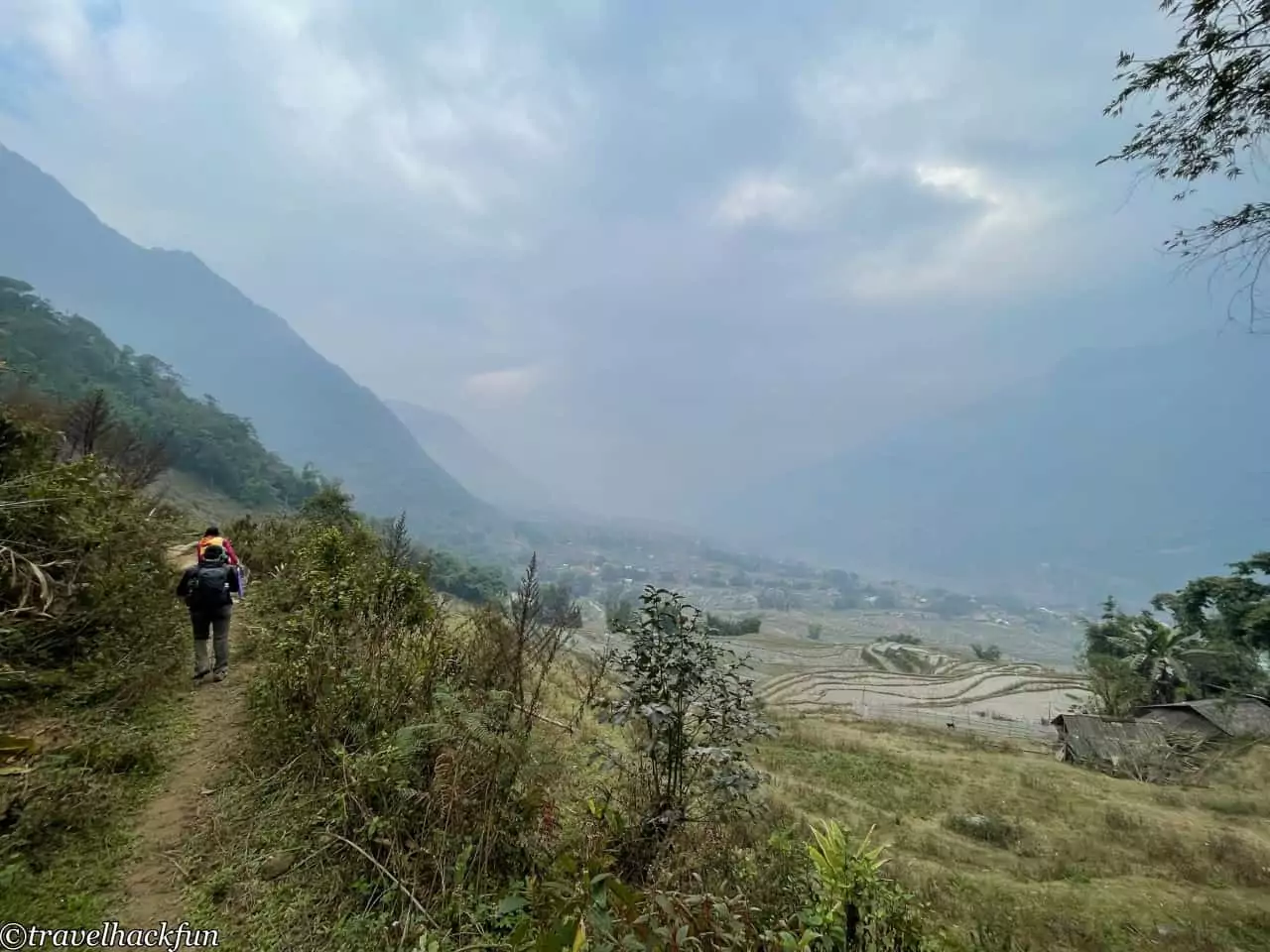
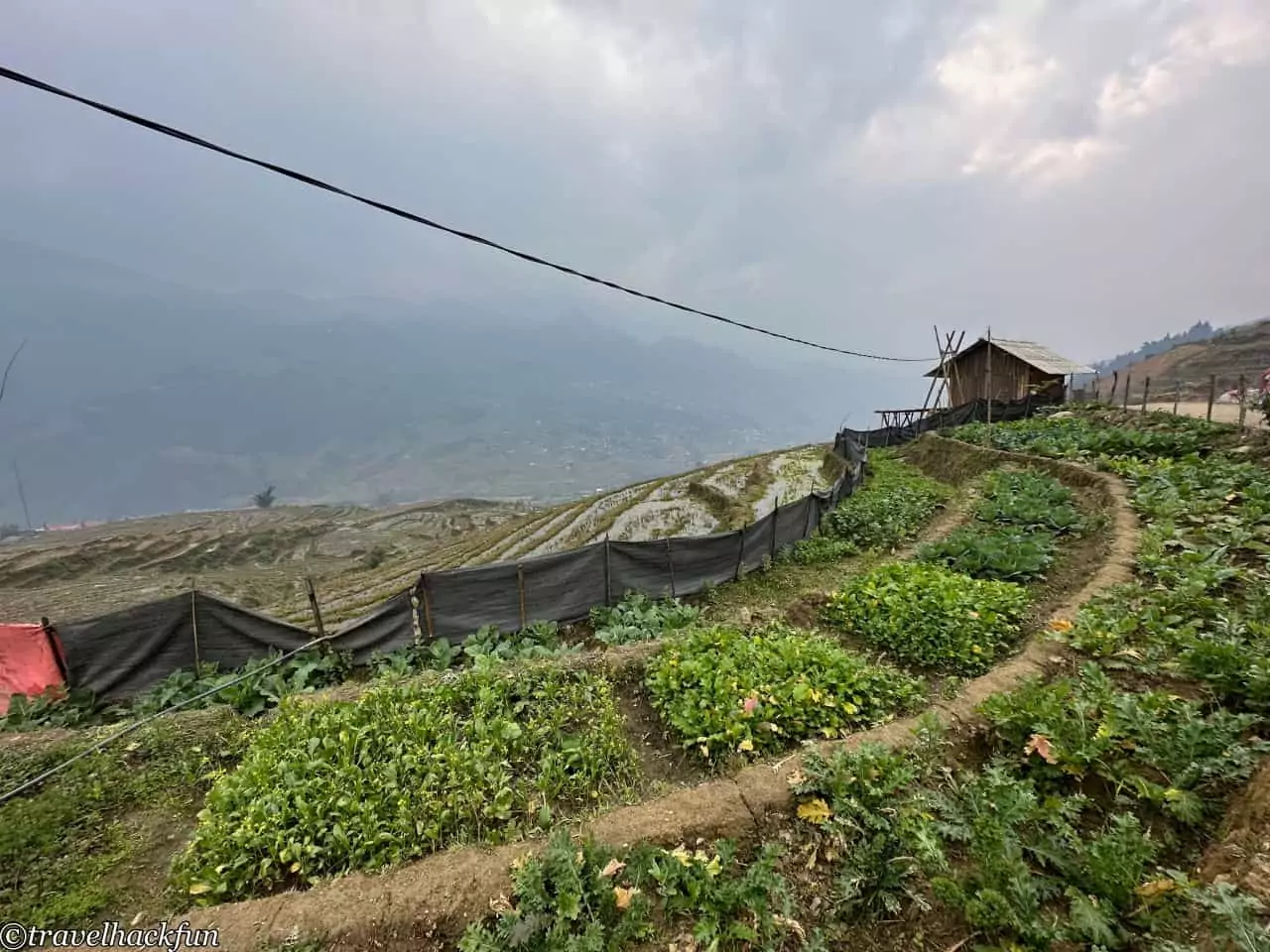
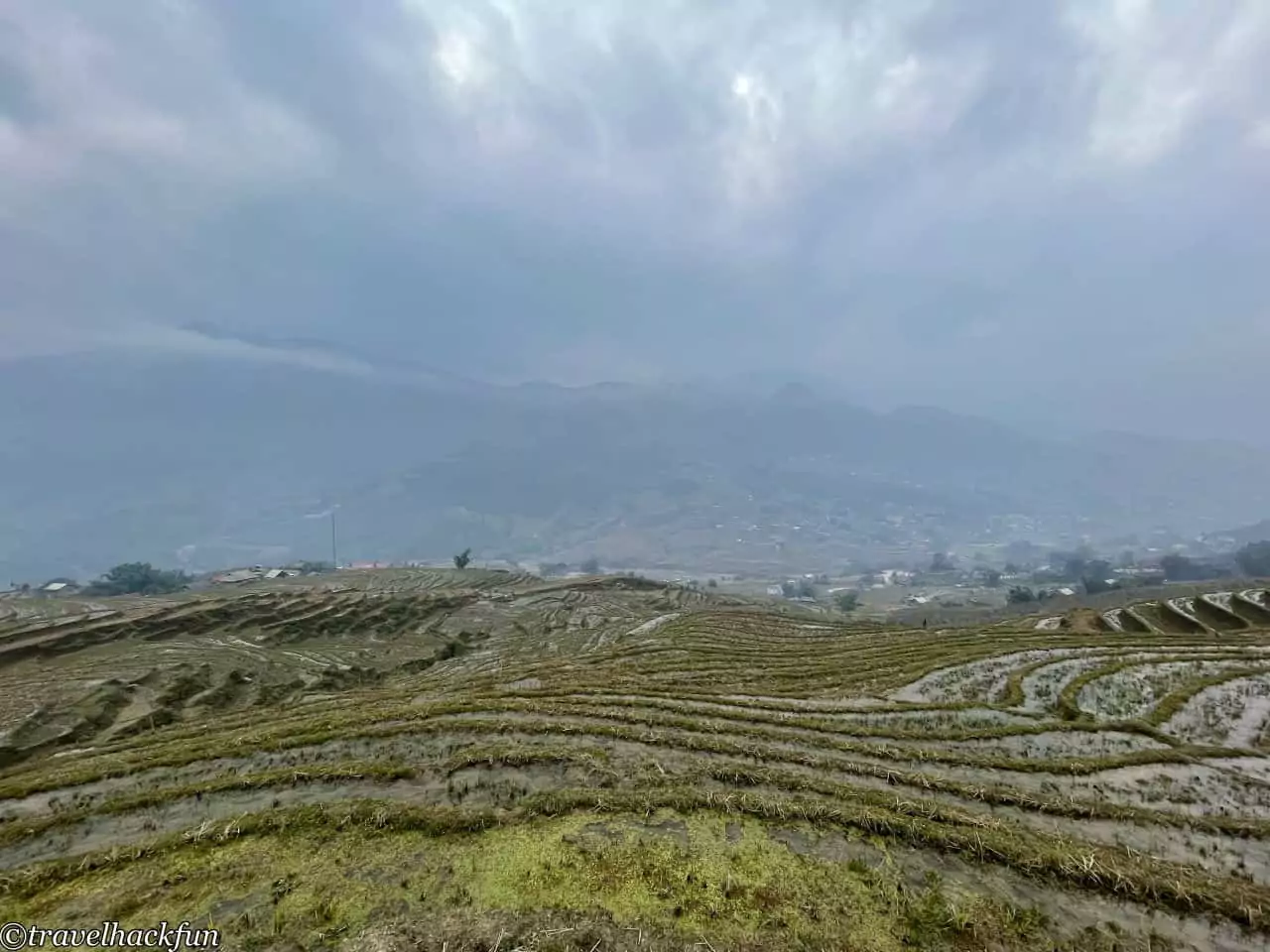
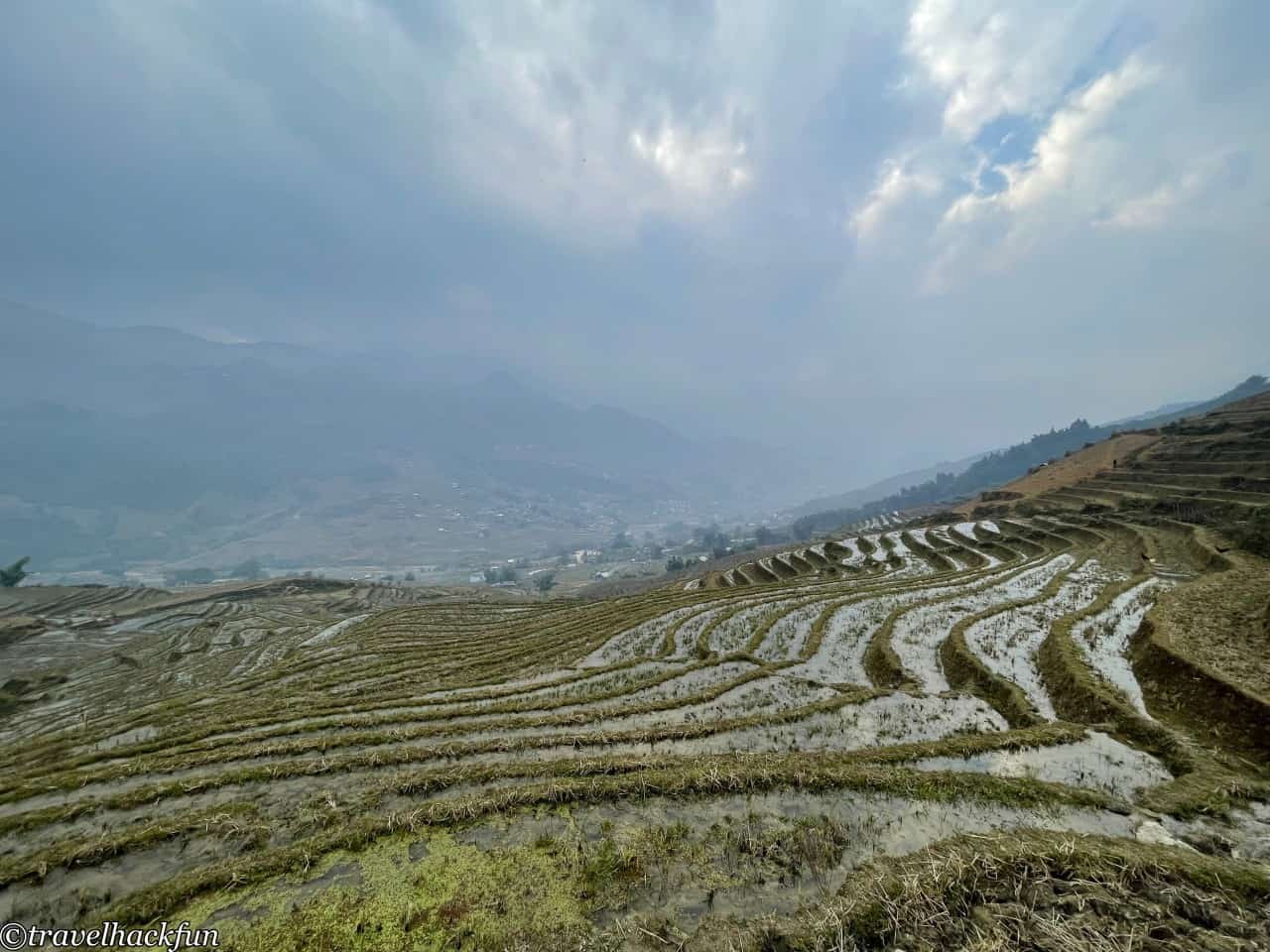
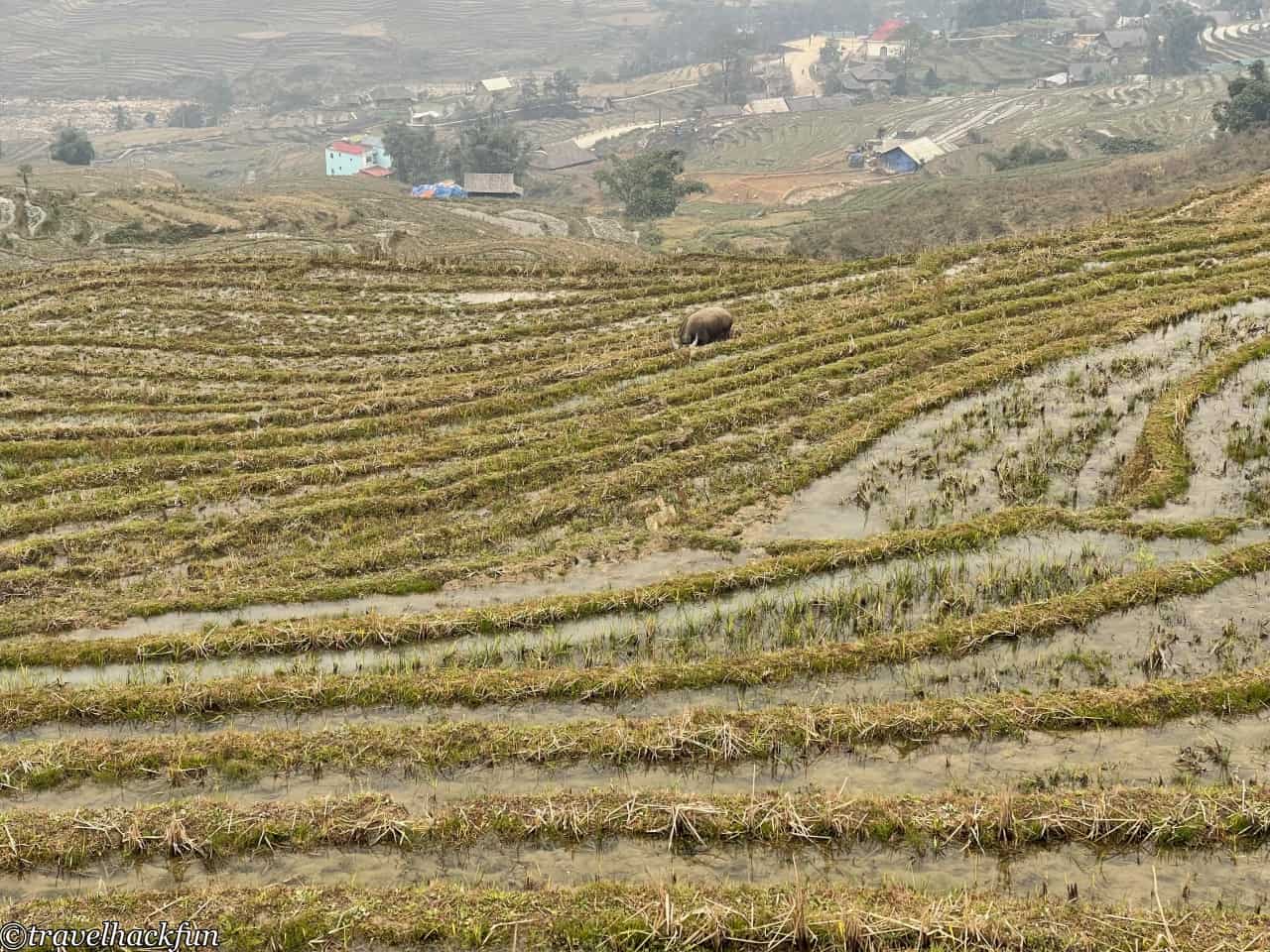
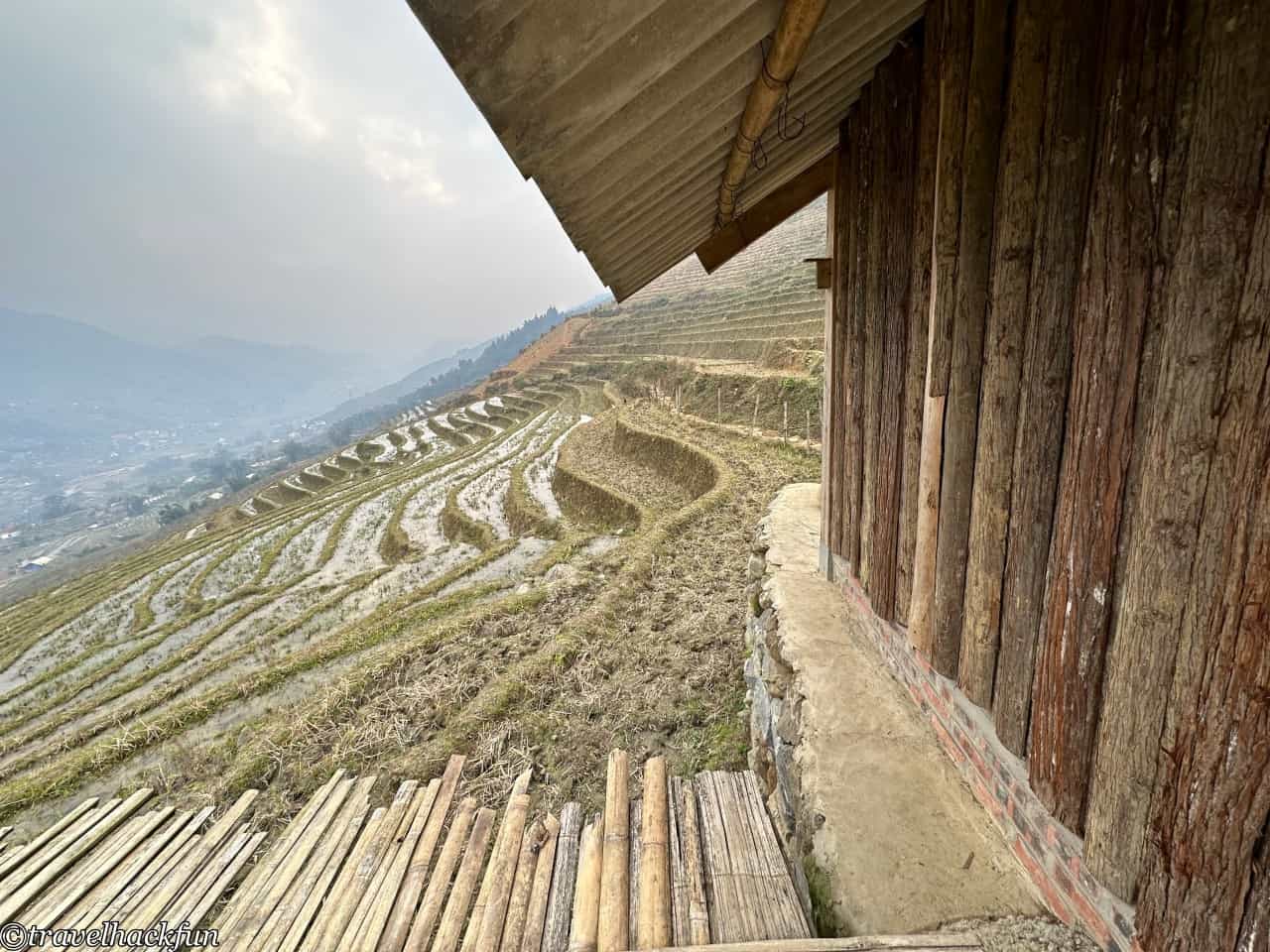
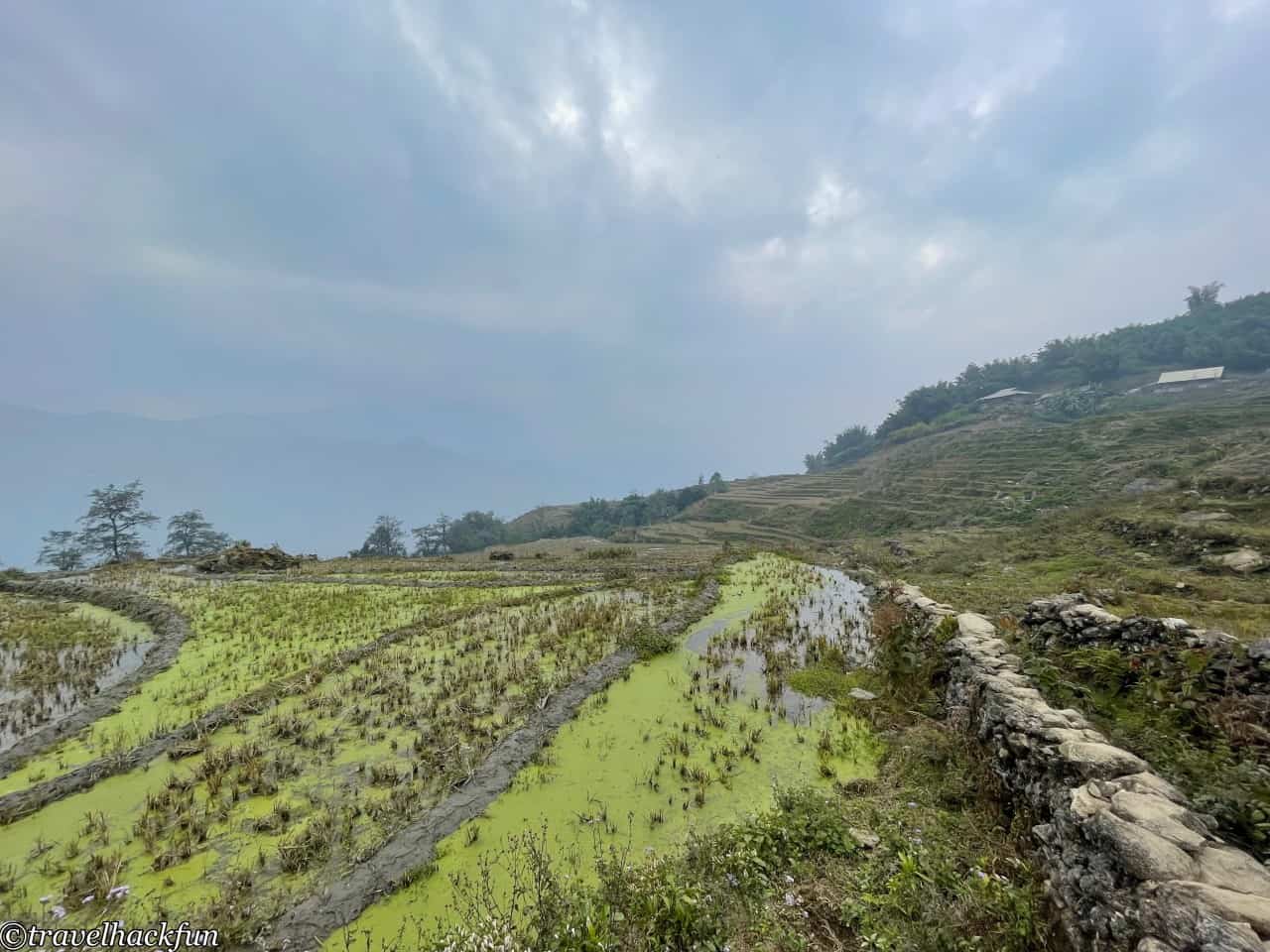
We traversed the embankments, heading towards Moang Hua Village nestled in the valley. Upon arrival, we toured the gardens and drank tea, gaining insight into the daily life of the Hmong. According to our guide, although some locals engage in tourism-related businesses like homestays and others have sold their land to move to the city, the villagers who remain lead simple, pastoral lives, busy with farming and growing their own vegetables. Many Western tourists enjoy this atmosphere and arrange to stay overnight in the village to chat and drink tea with the local ethnic minorities. Due to time constraints, we only planned a day trip but hoped to try staying overnight on a future visit. In the afternoon, a motorcycle taxi from Sapa took us back to our lodge, concluding our journey.
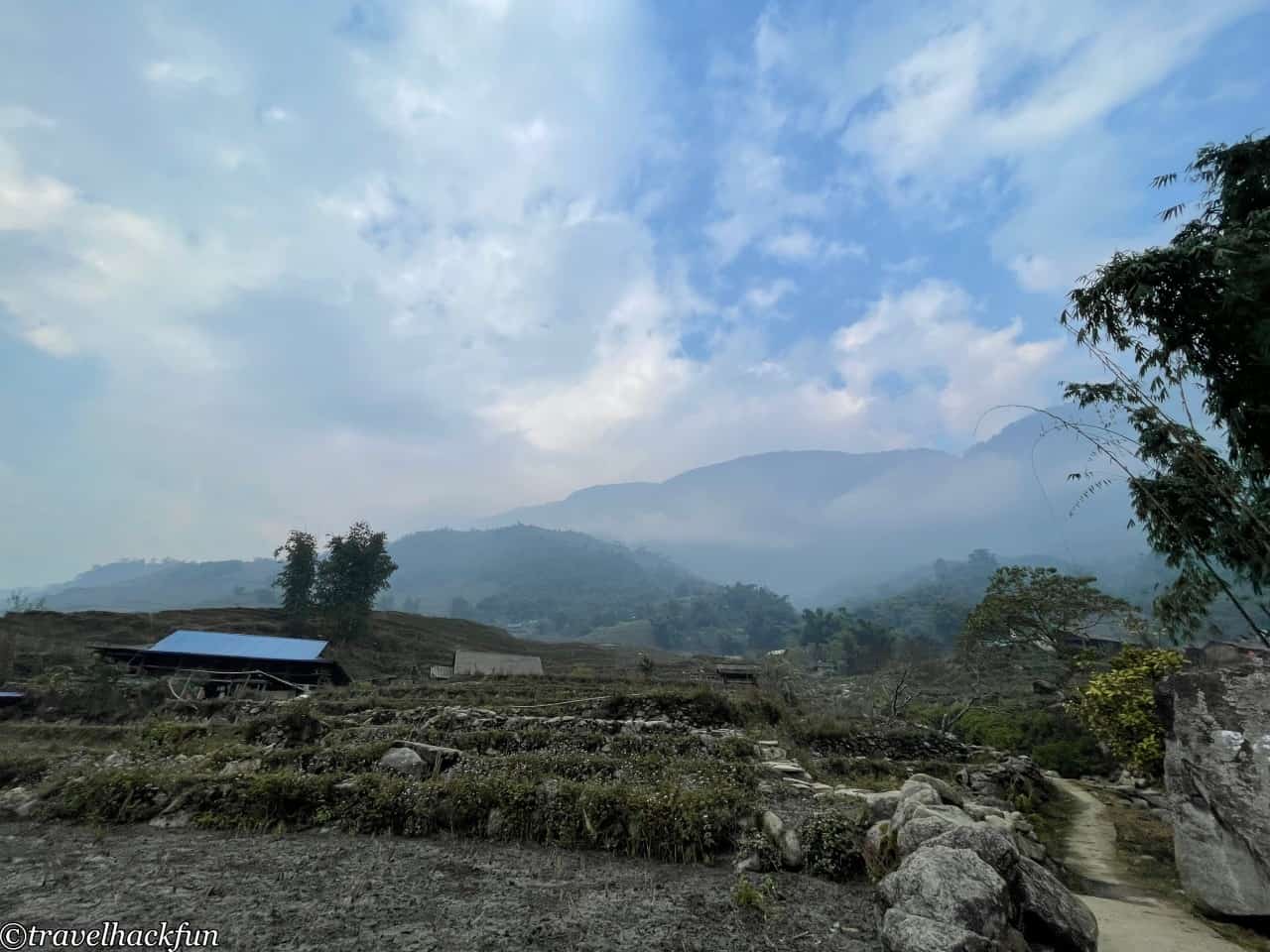
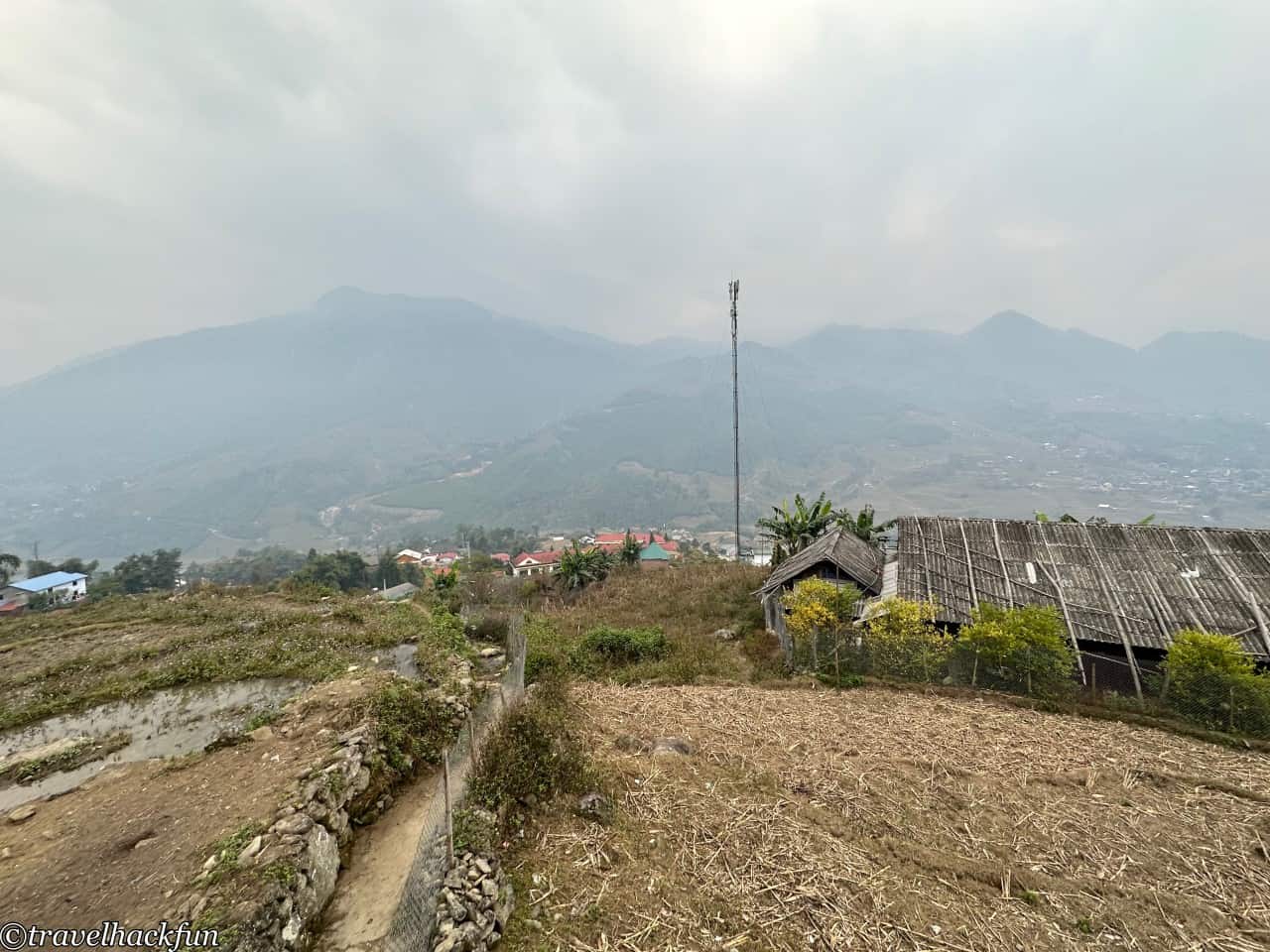
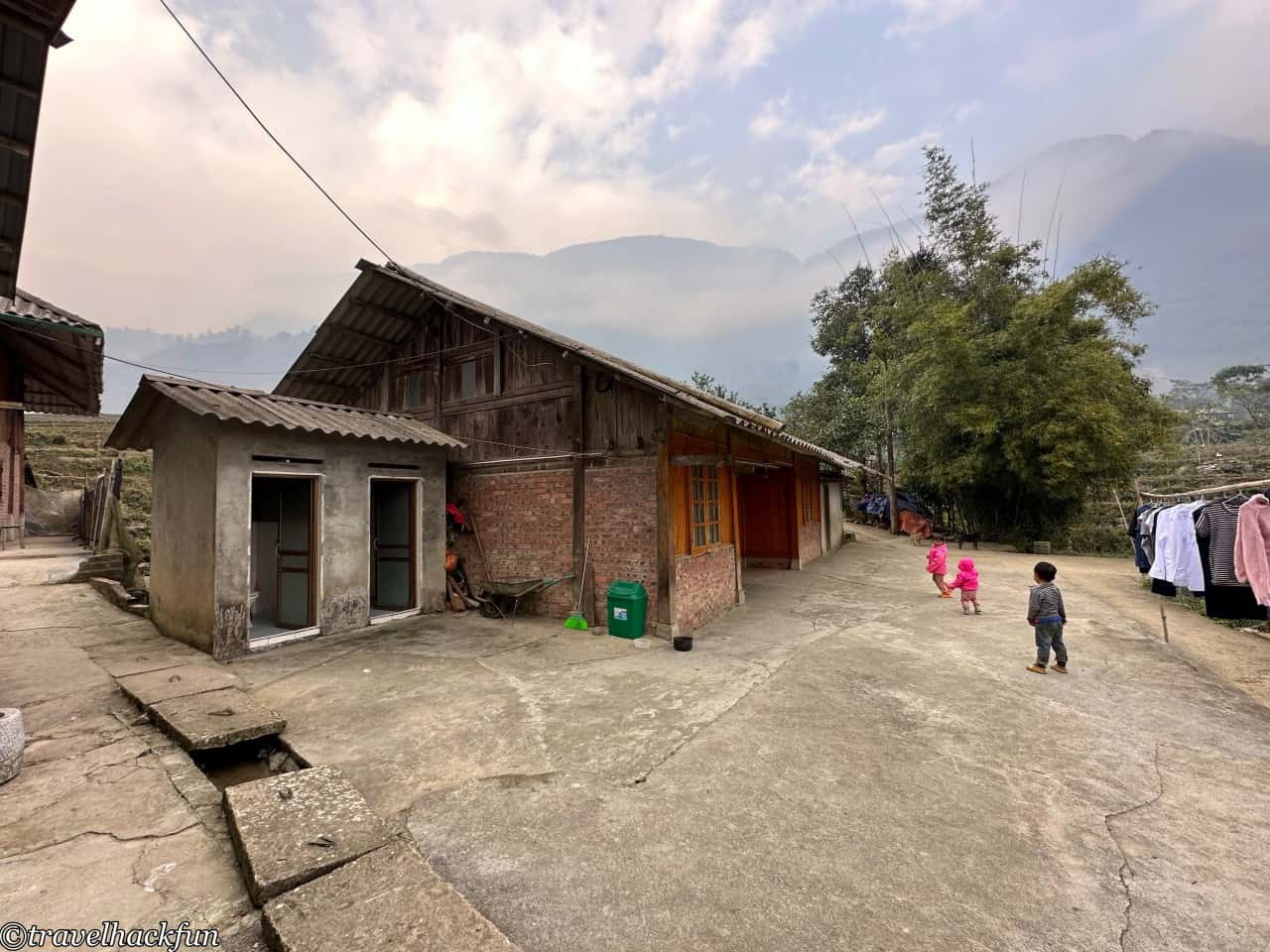
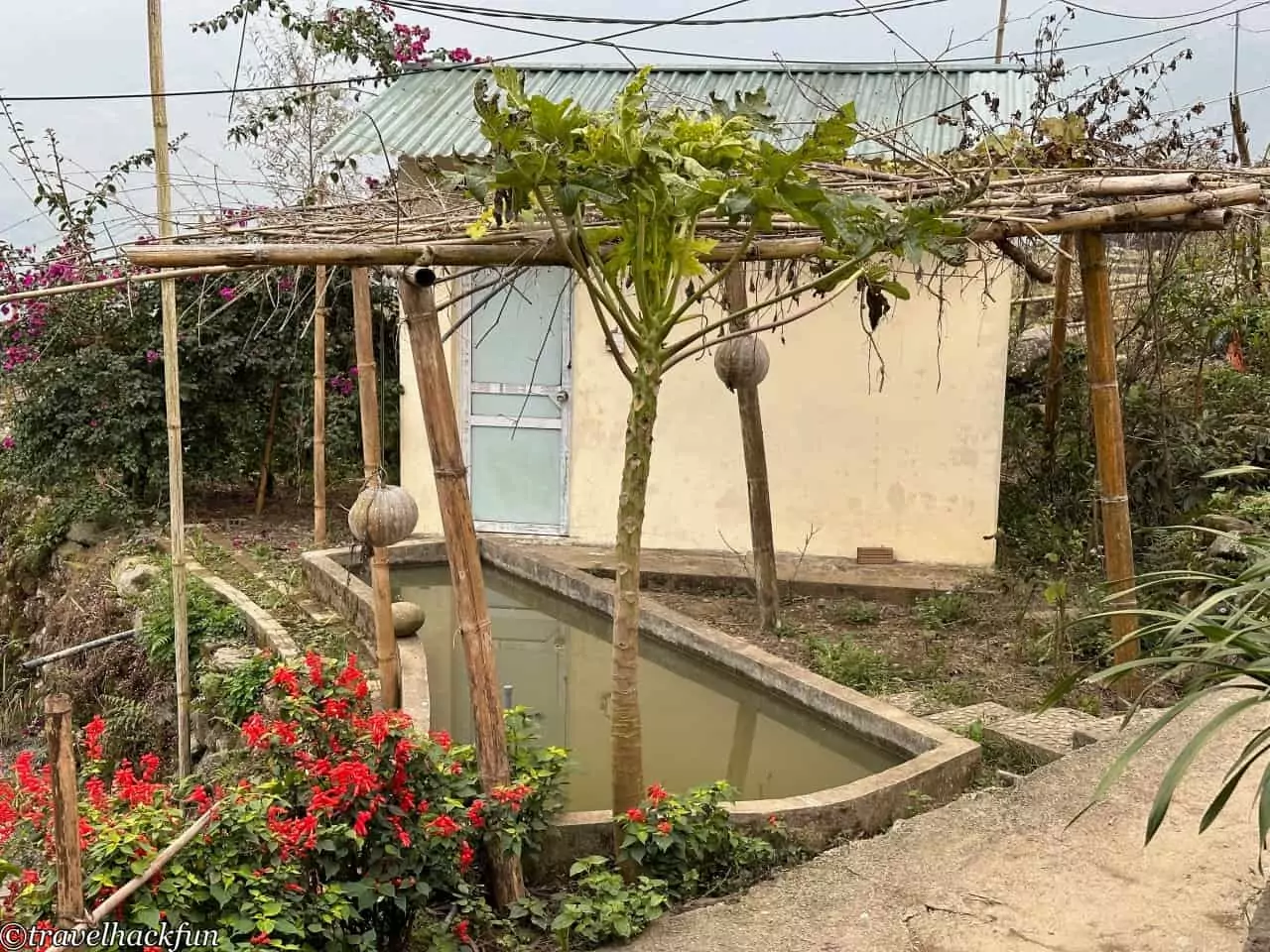
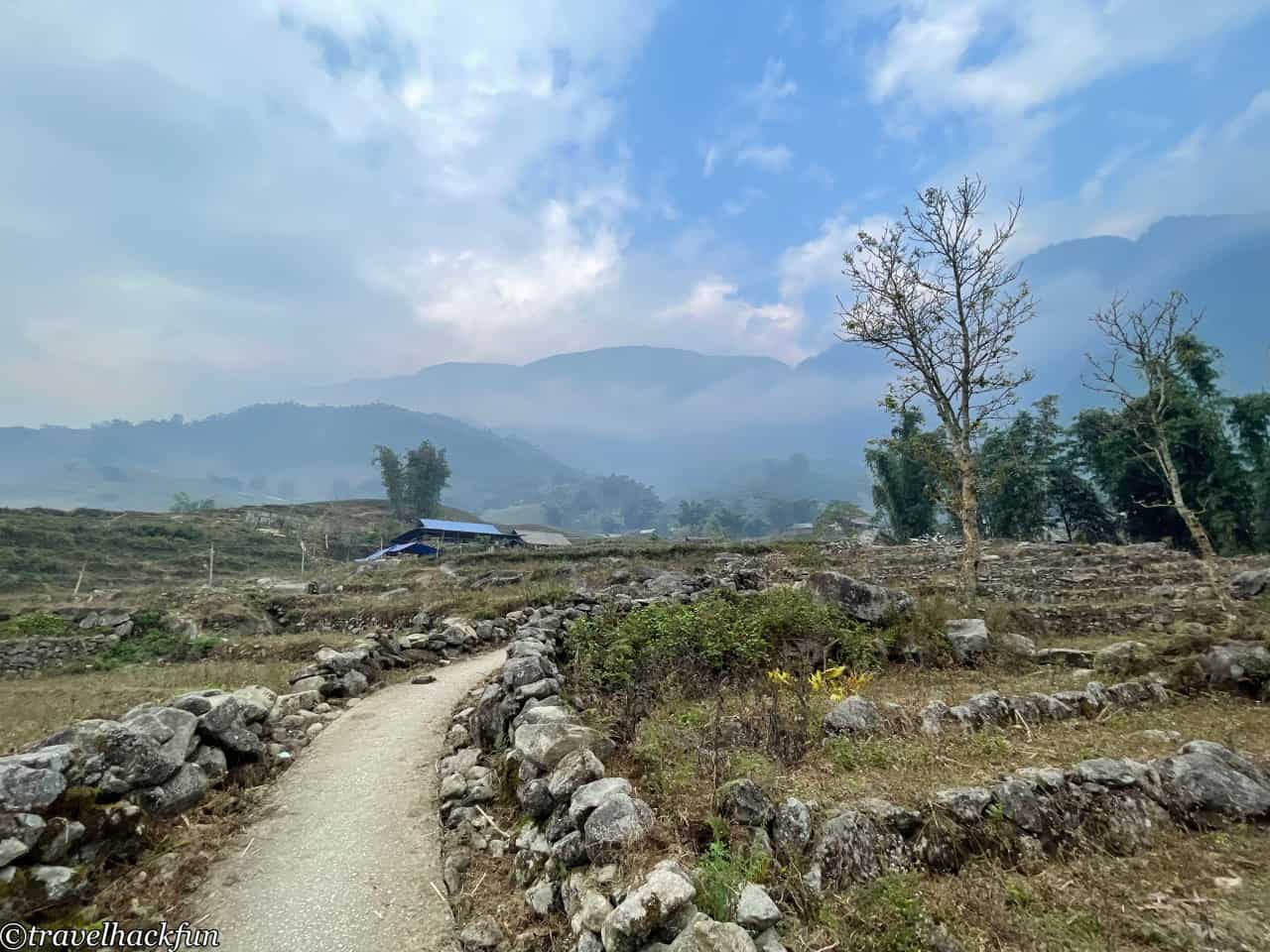
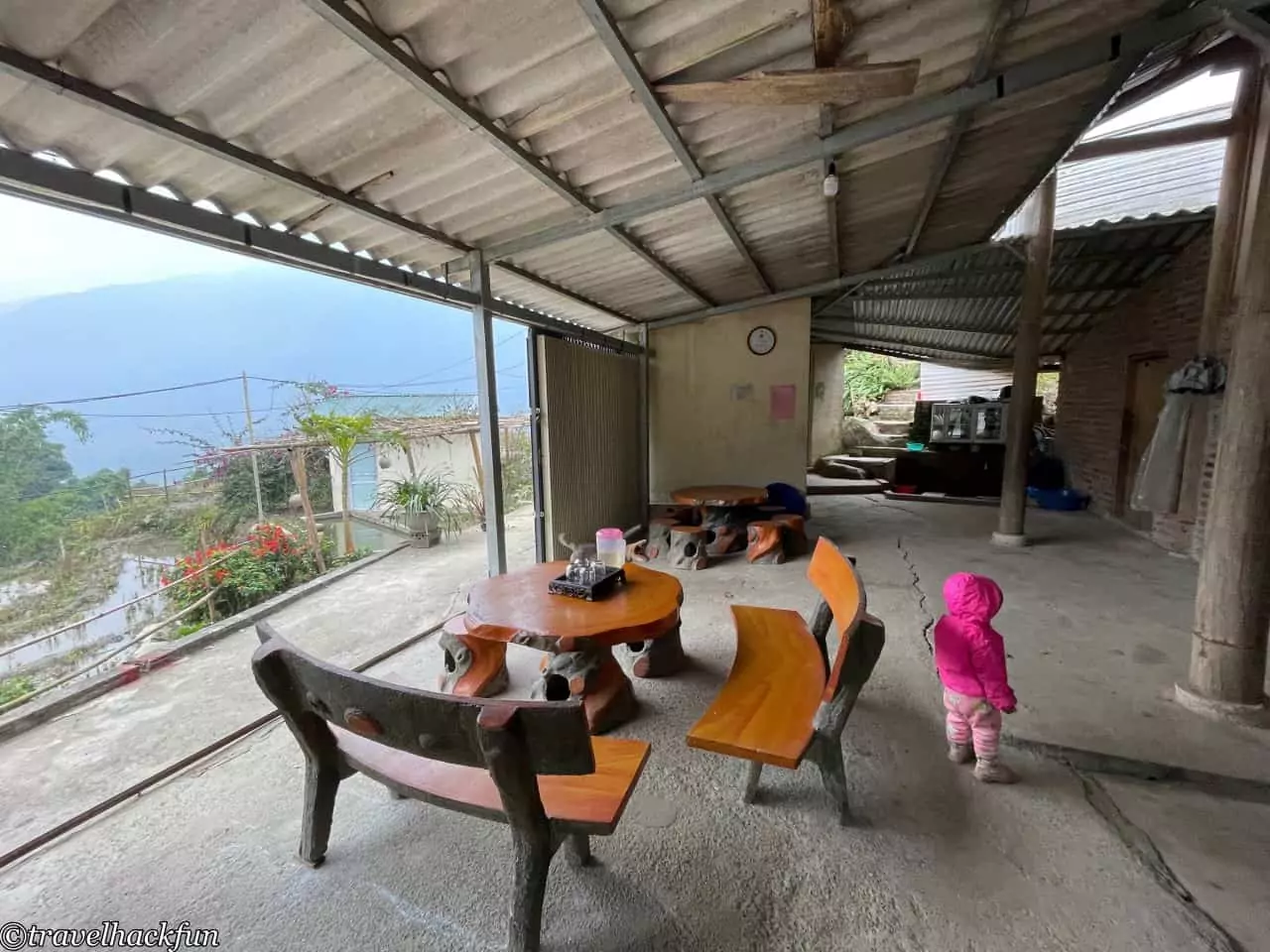
- Hotel search: Agoda
- Activities & tickets: KKday / Klook / TripAdvisor
- Travel credit cards (US only): My card picks + beginner tips
☕ Enjoying my travel notes?
You can Buy me a coffee to support what I do 🙌